Nayana creates magical and hyperrealistic animals that are amazing. I hope you like her work as much as I do.
If you'd like to buy some of her beautiful animal prints you can go to Etsy and follow her at @thewild.woods
I hope you enjoy getting to know about her work and what makes her tic.
I have always been creative, as a child we didn’t have many toys so we had to use our imagination. My mum was always sewing or knitting so I was forever making things.
Art was definitely my favourite subject in school but I knew it was going to be hard to make a living out of it so I went to university and started to study Interior Design. I enjoyed this but it was incredibly technical and not nearly as creative as I had hoped so I left Uni and ventured out into the world.
I eventually enrolled in Art School in my early twenties and never looked back. I had found like minded people and we got to try so many different techniques.
After University I worked in film and television as a props maker and painter and then when I had kids I started to draw because I needed to do something that allowed me to stay home, look after my family and still be creative.
A bit about my artwork…I love to draw animals! I have tried to draw many other things but I am always drawn to animals. There is something beautiful about seeing an animal come to life on your blank piece of paper. I draw with a great deal of detail. I have tried to be a little looser with my style but i cant help myself.
Colour pencils are definitely my favourite and I have so many beautiful pencils to choose from. I have tried so many different mediums but I have the greatest control with pencils.
Do I have a favourite colour? Not really. I use a lot of fur colours so lots of my super bright coloured pencils don’t get much use.
Who is my favourite art teacher?
I have had lots of amazing art teachers throughout my life. My favourites were always those that were super inspiring and introduced me to new and wonderful things.
Who or what inspires me?
I am always inspired by nature. Animals, forests, seeds, flowers, shells…all of the beautiful things you could collect while out for a walk!
I am also inspired by other artists and new techniques.
Why is art key?
Art is such an important part of our lives. Being able to create something out of nothing is such an incredible skill to have.
We live in a world full of technology where everything is moving so quickly and I think it is important to keep being creative and to support local artists.
If I could ask my favourite artist a question it would be?
I have lots of favourite artists so I would probably have lots of questions but I always love to know what it was that made them successful, what was that moment in their career that allowed them to go from just being creative to being able to support themselves and keep being creative.
When creating with children what are three things that work?
I think it always needs to be fun, thats definitely the most important thing.
I think you always need to show them an example of what they could do, kids are always surprised by what they are able to create with a little guidance.
Let them try as many different things as they can, diversity is so important because we all have different skills.
Three artist I follow on instagram are:
@cj_hendry , she is an amazing hyper realist colour pencil artist,
@helen_dardik , an illustrator who produces super bright, fun artwork and
@jensievers_art
There are so many more I love to follow!
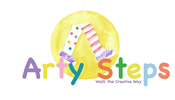
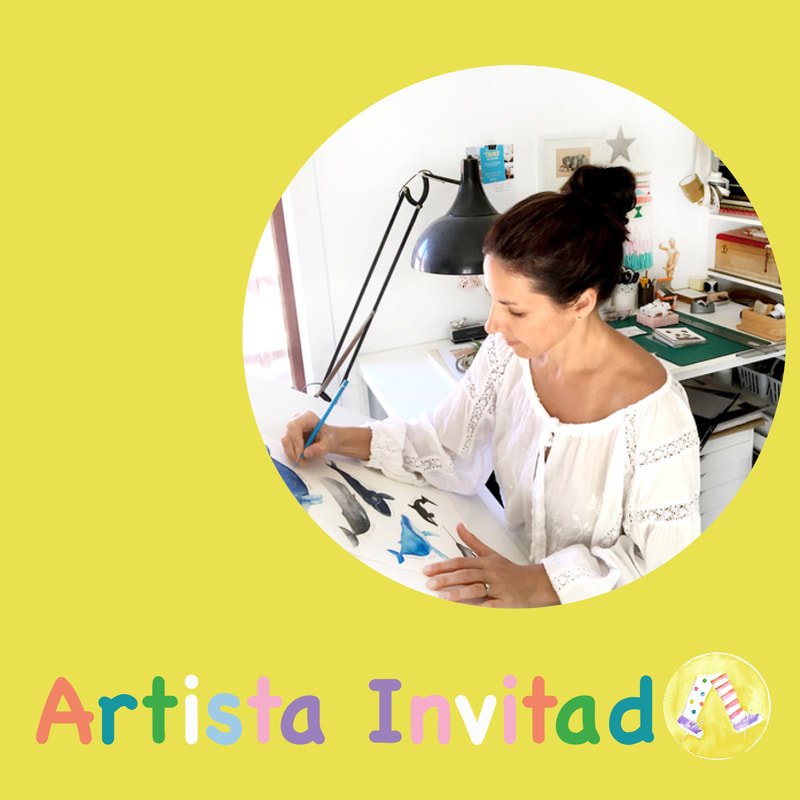
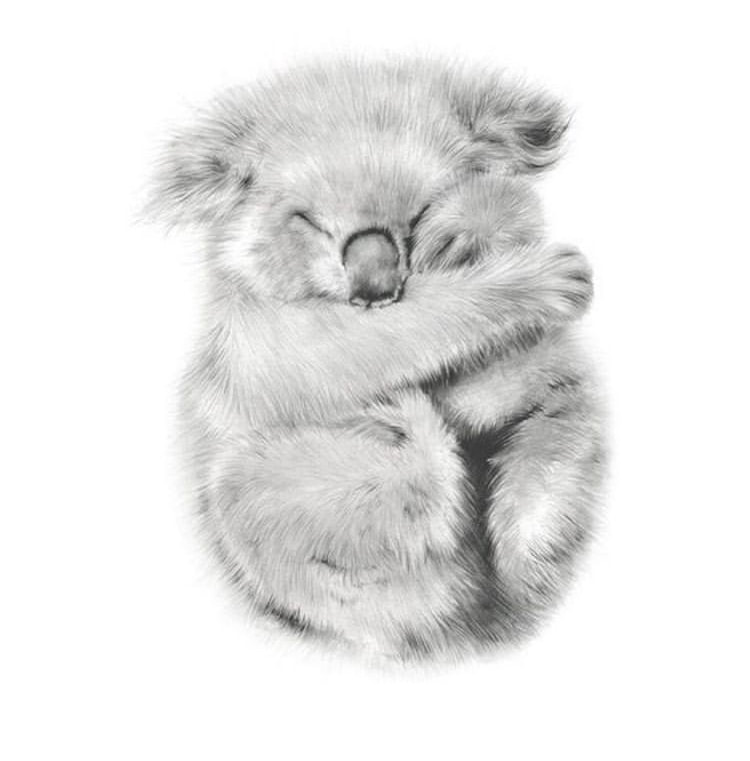
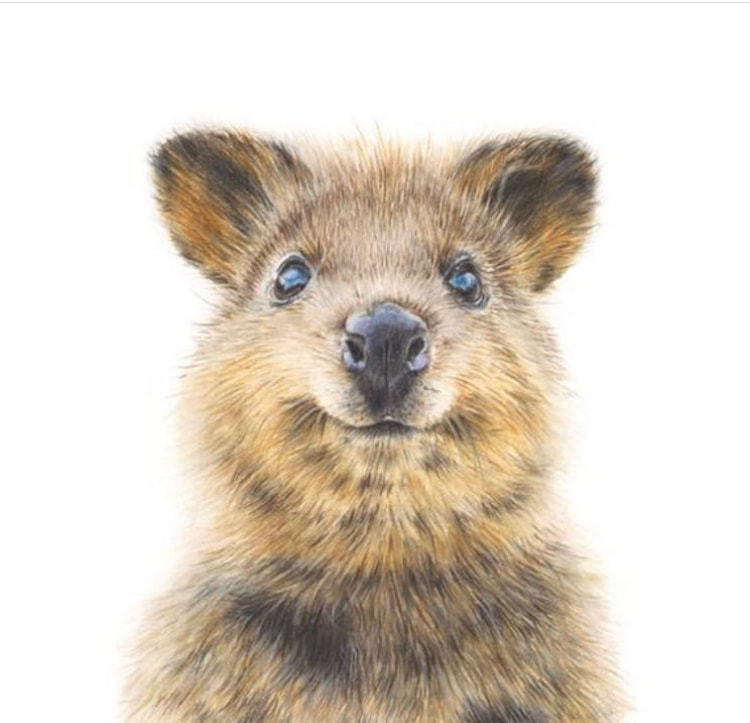
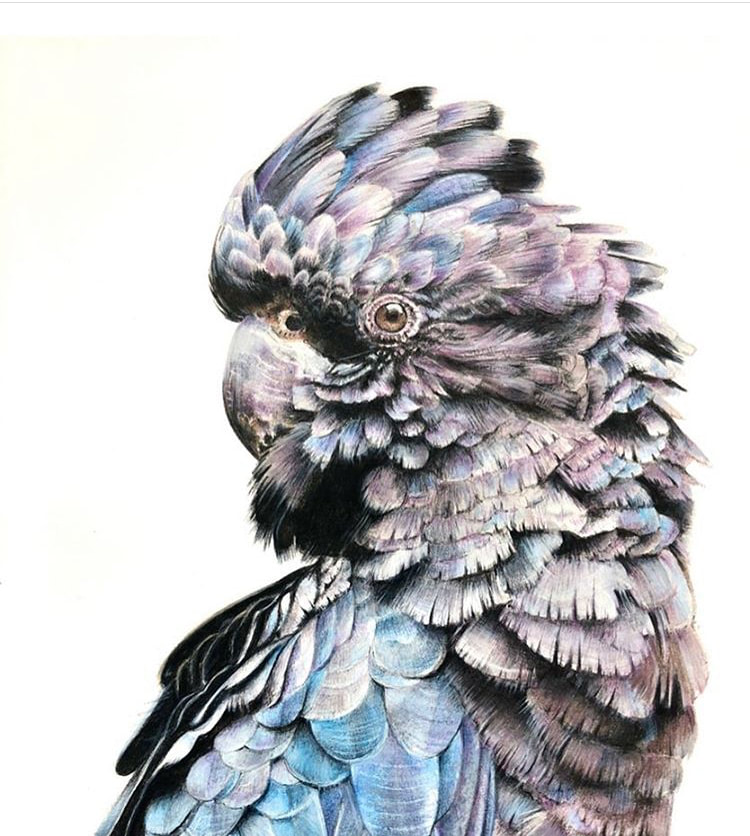

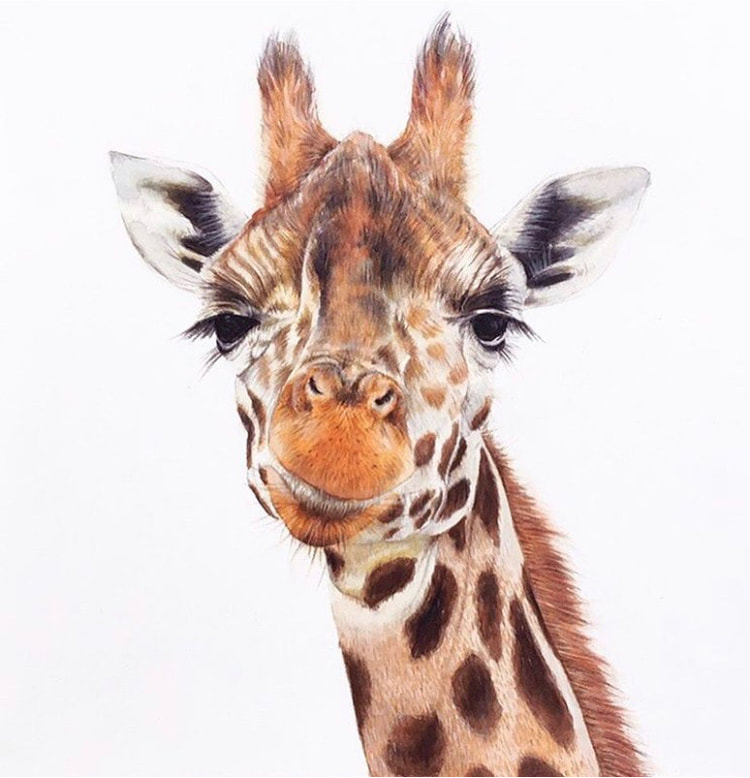
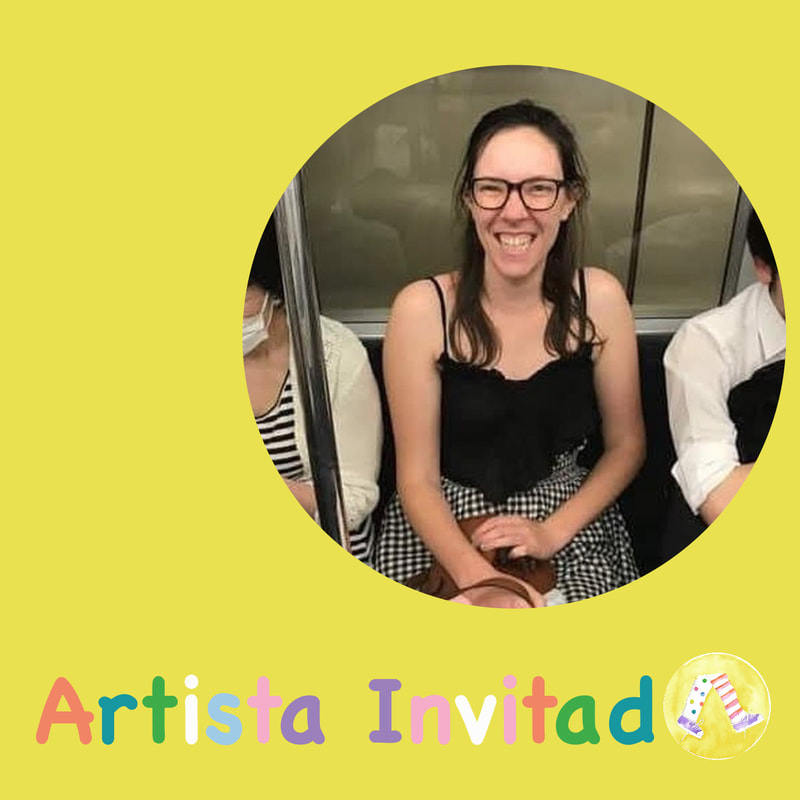
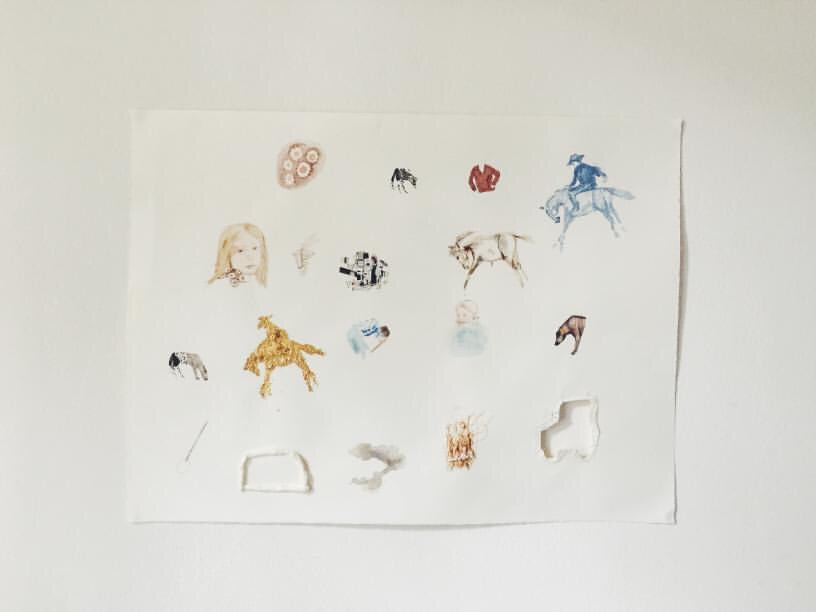
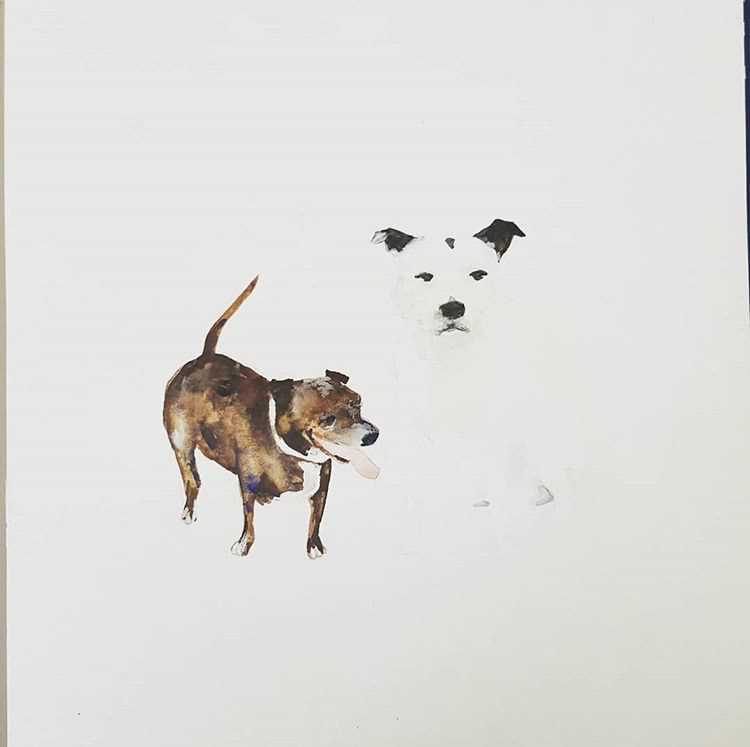
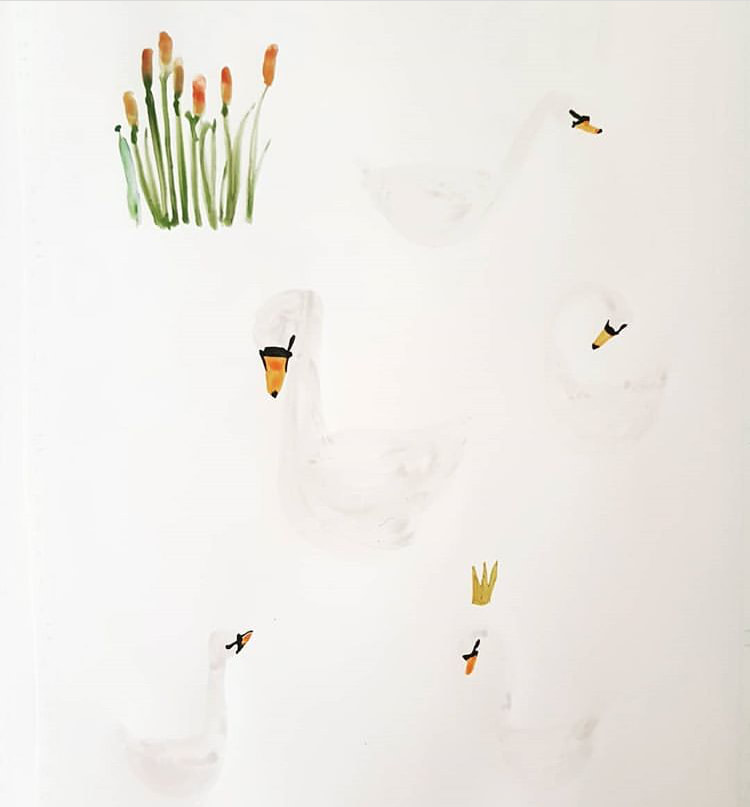
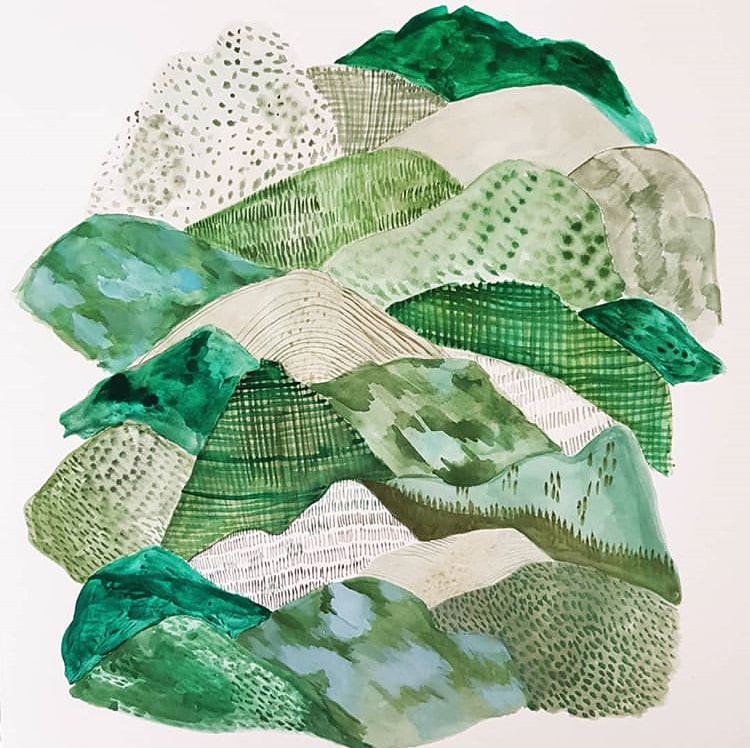

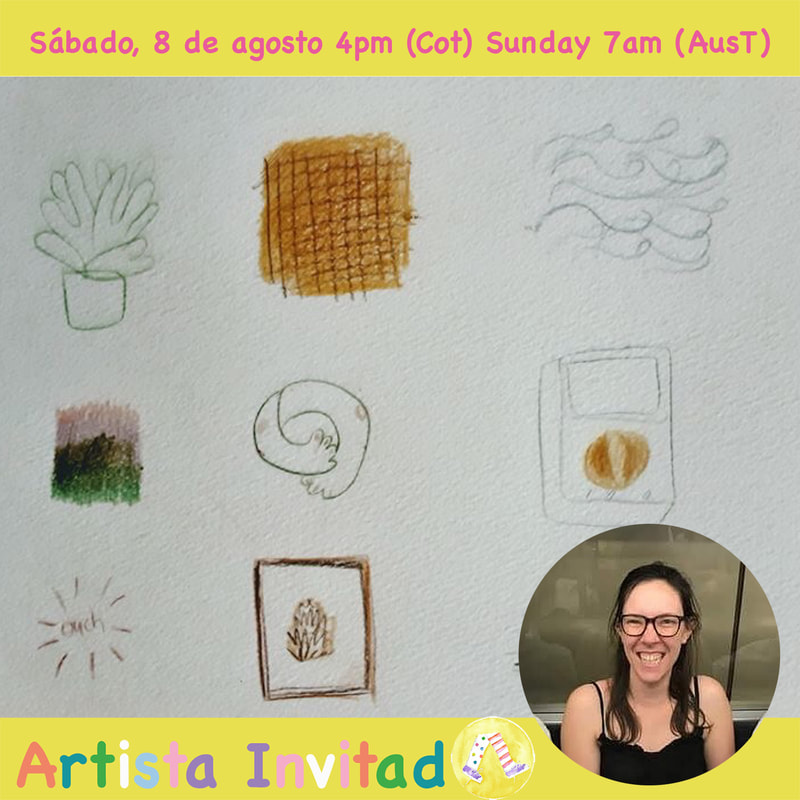
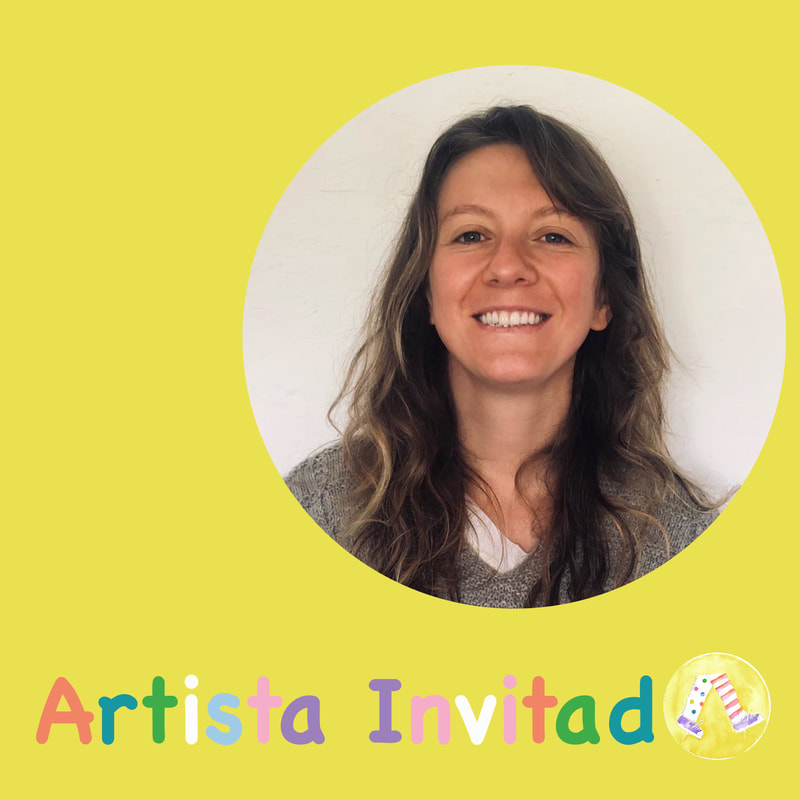
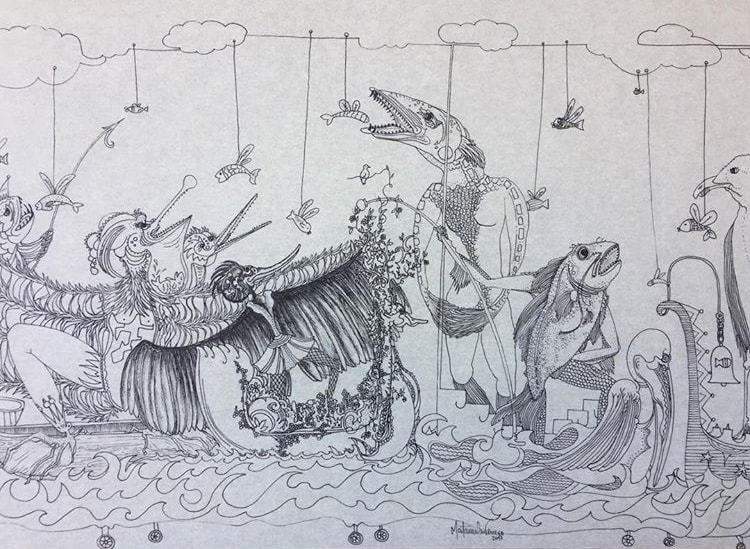
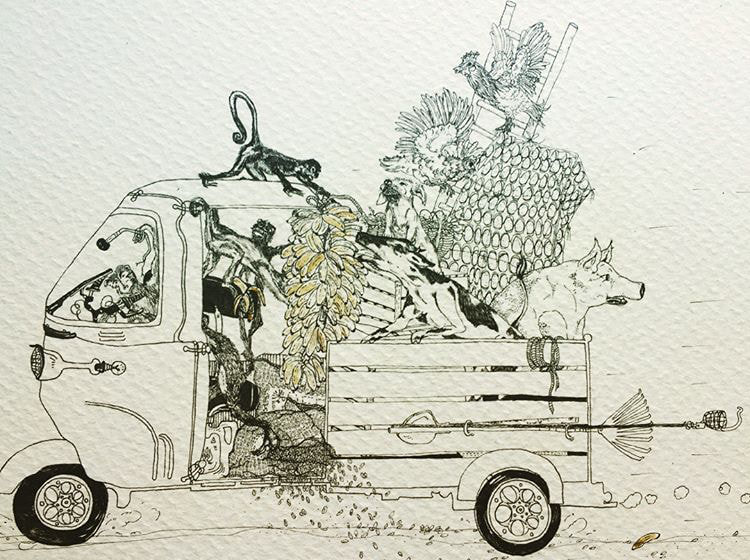
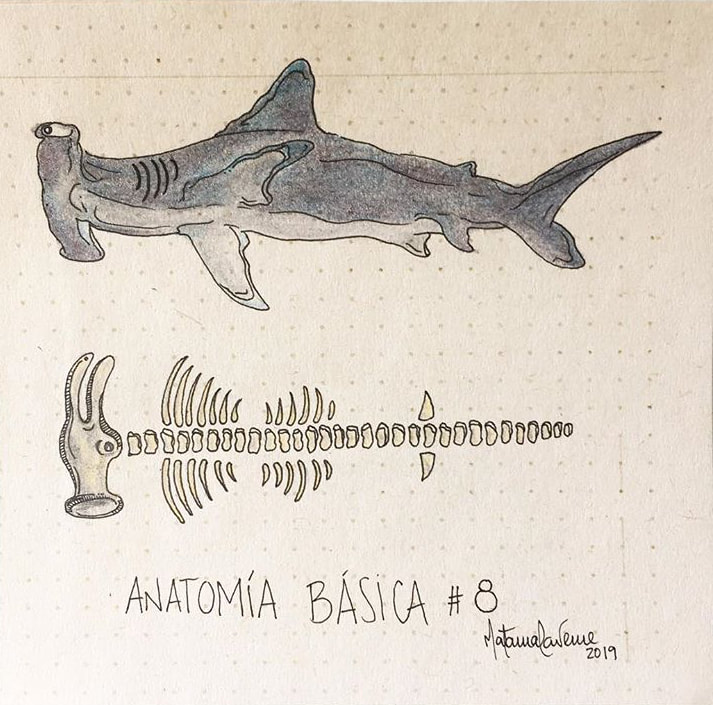
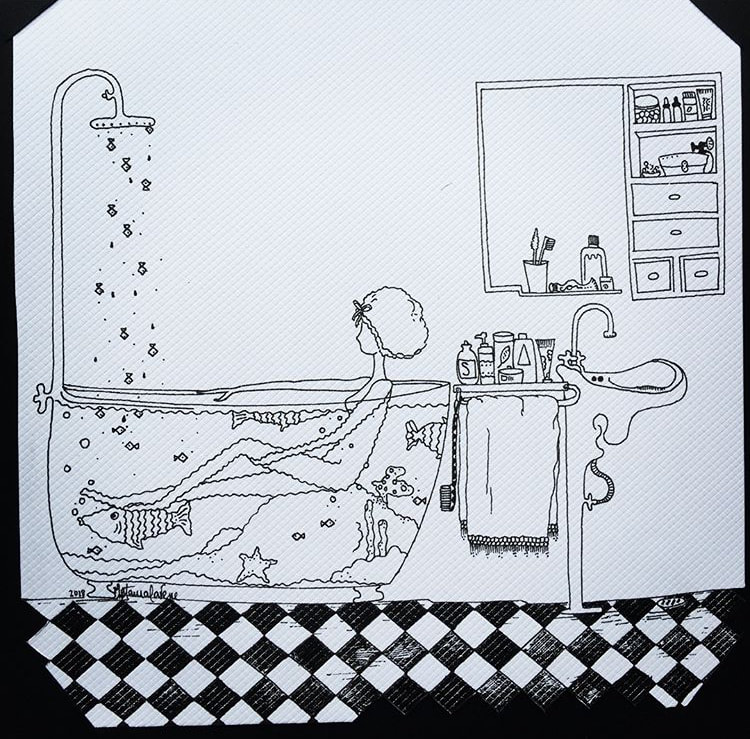
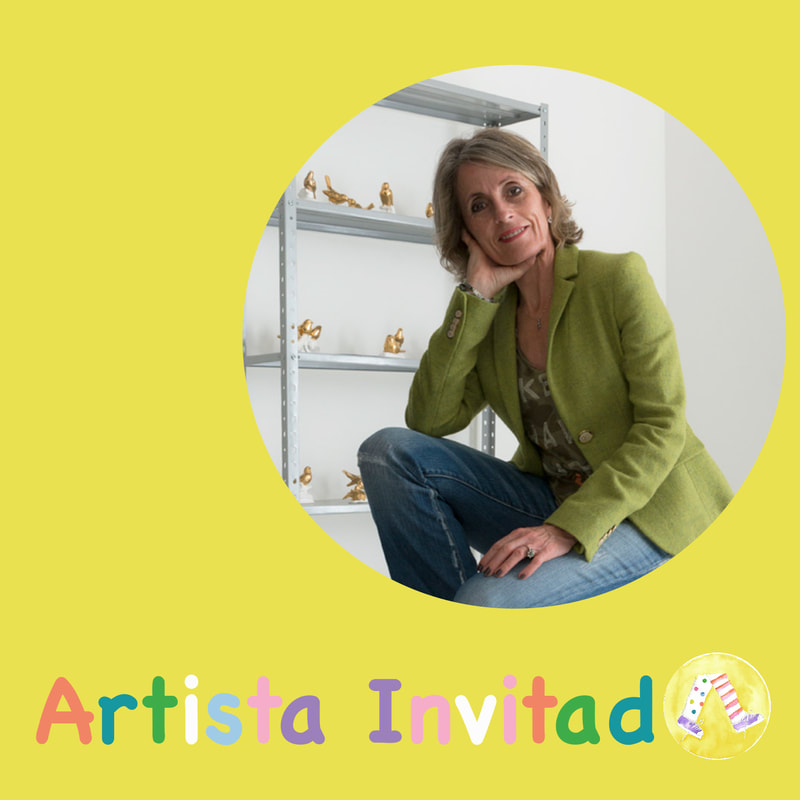
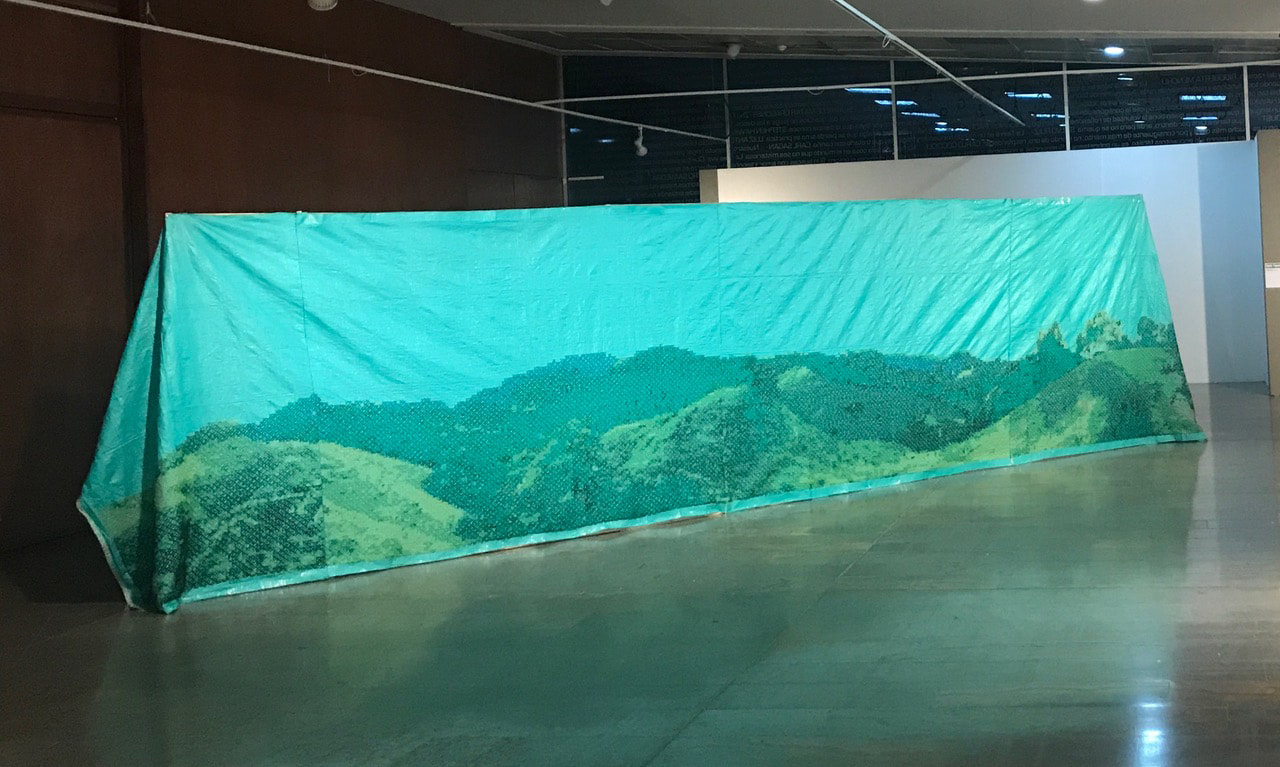
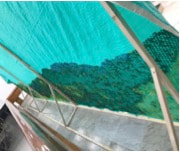
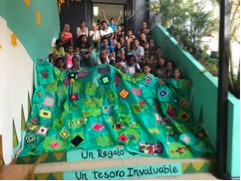
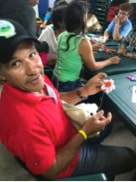
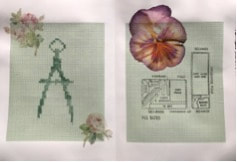
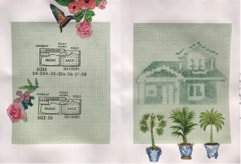
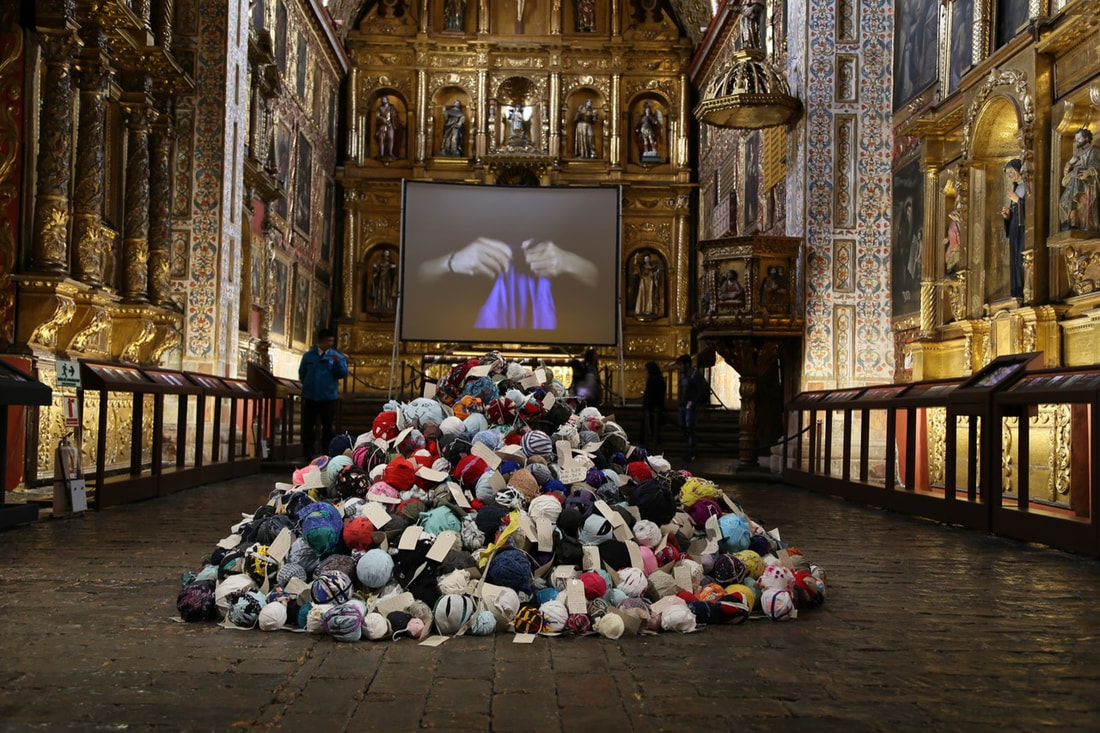
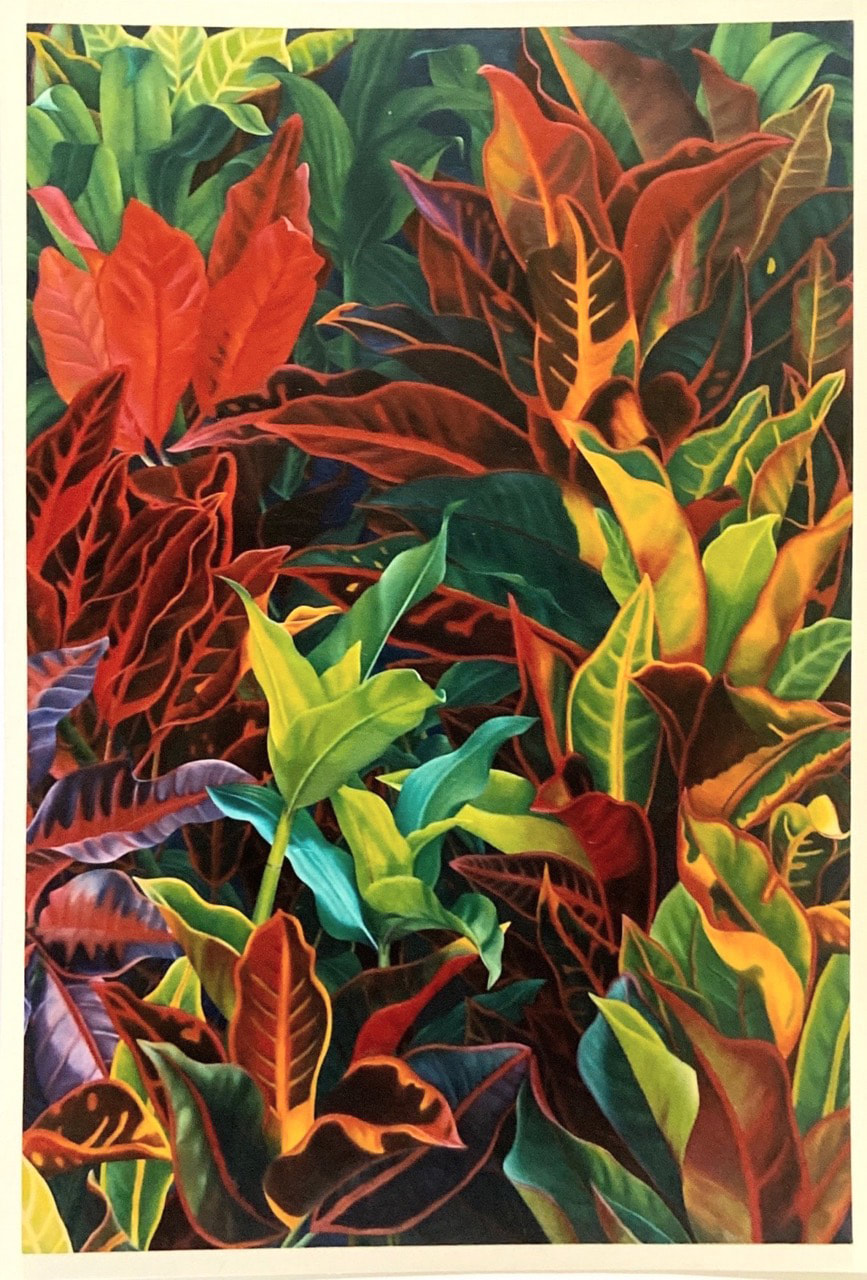
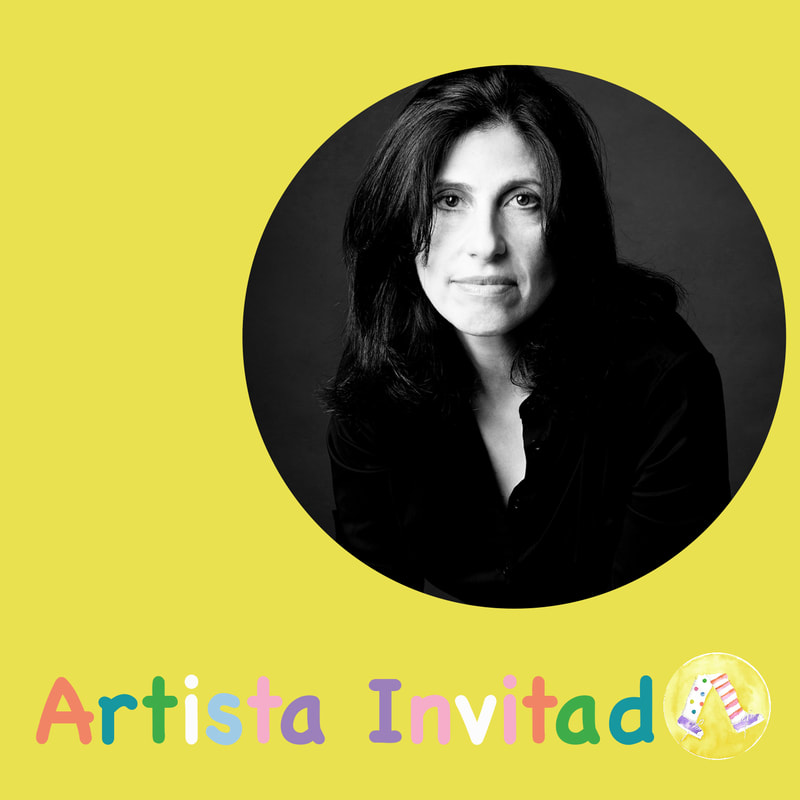
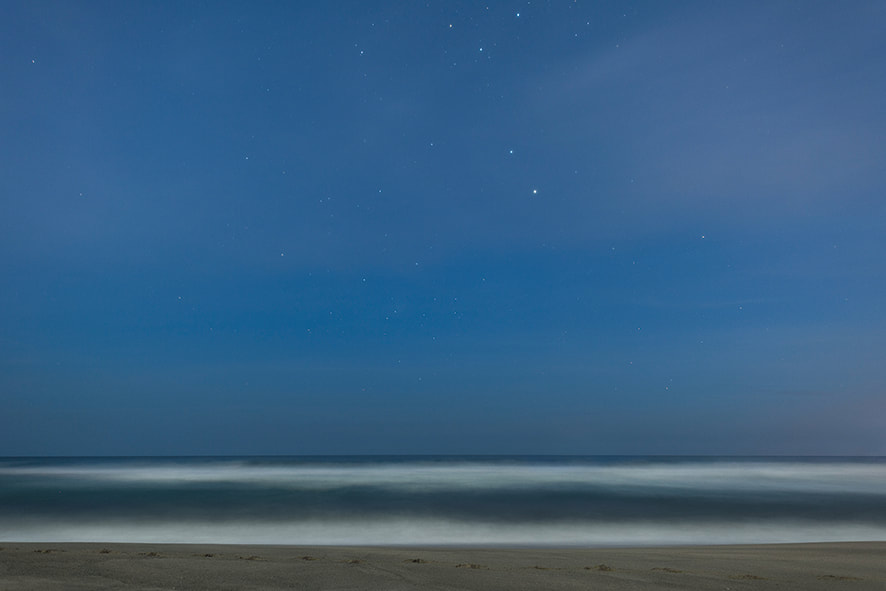
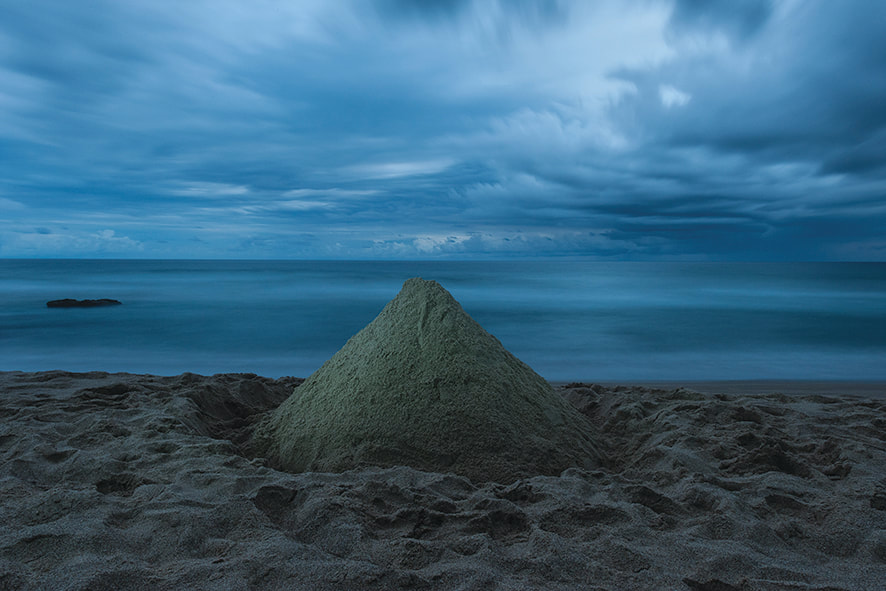
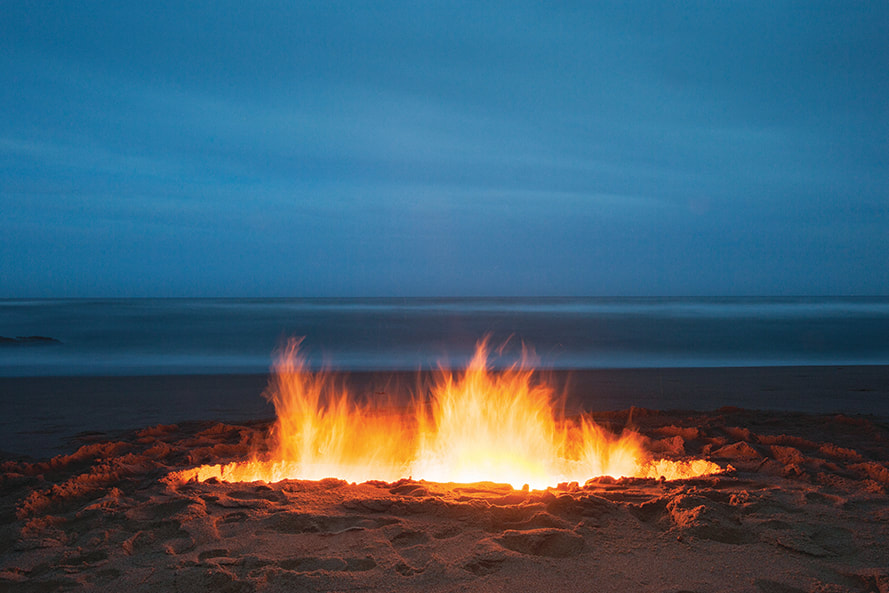
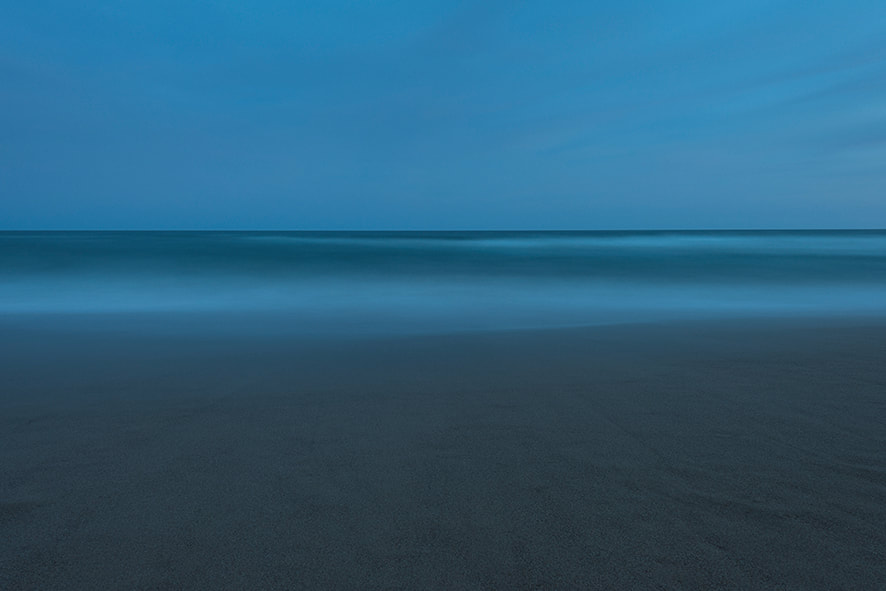
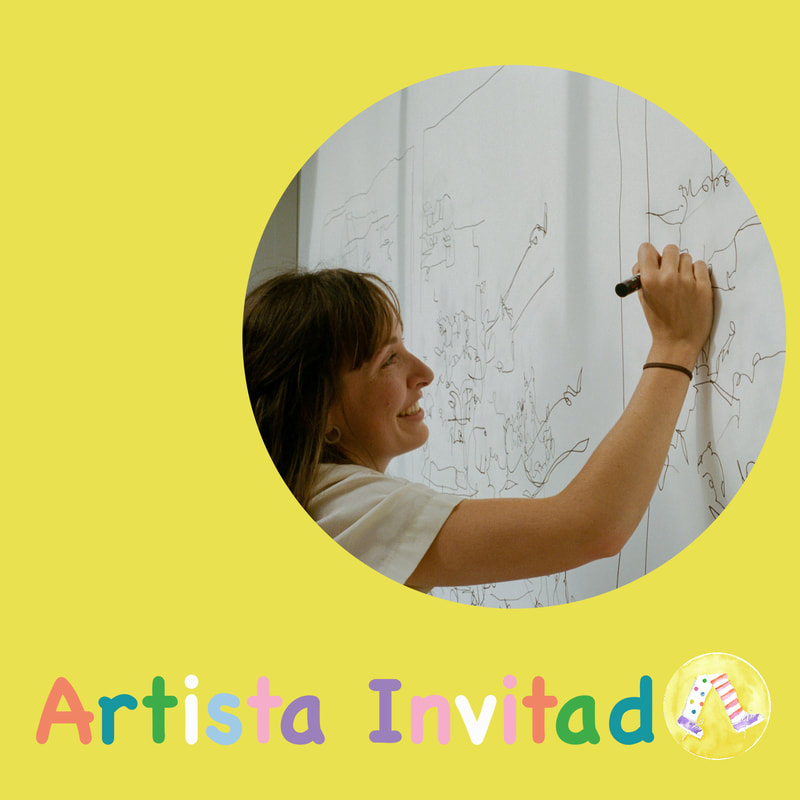
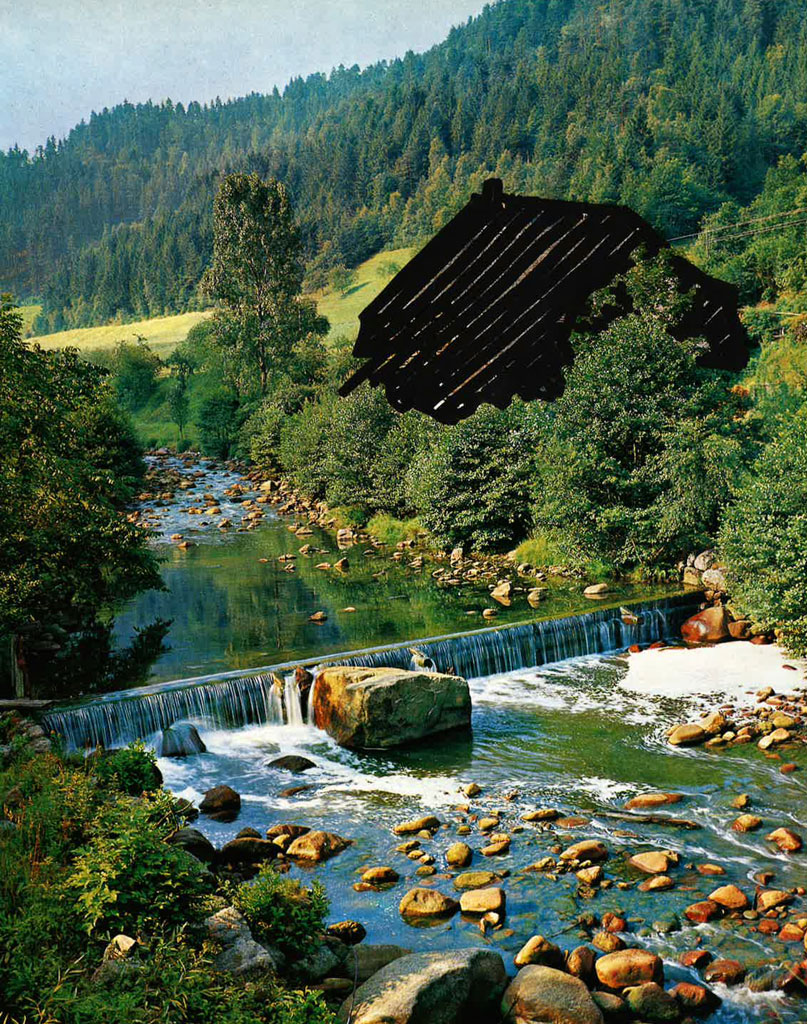
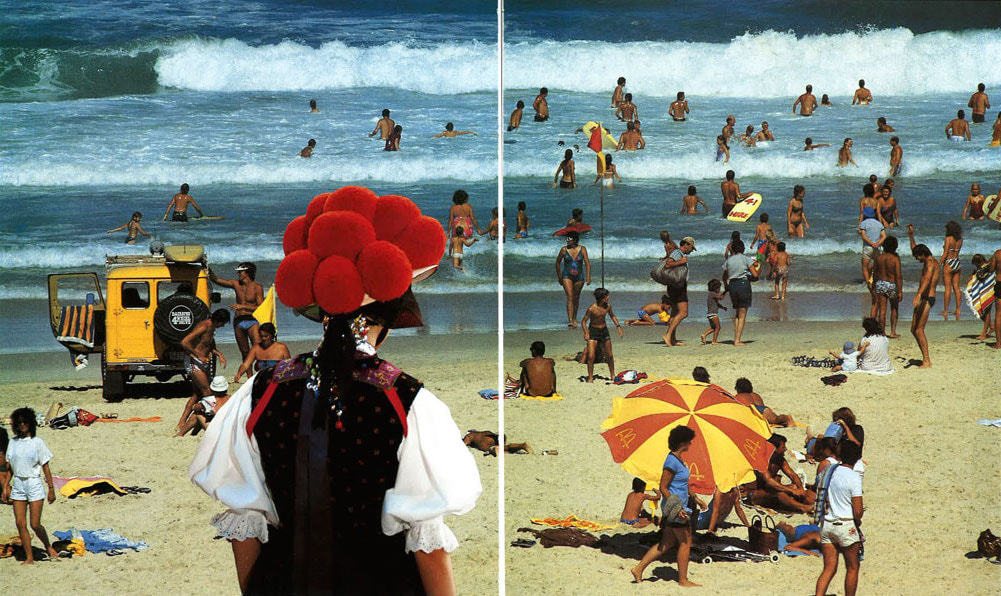
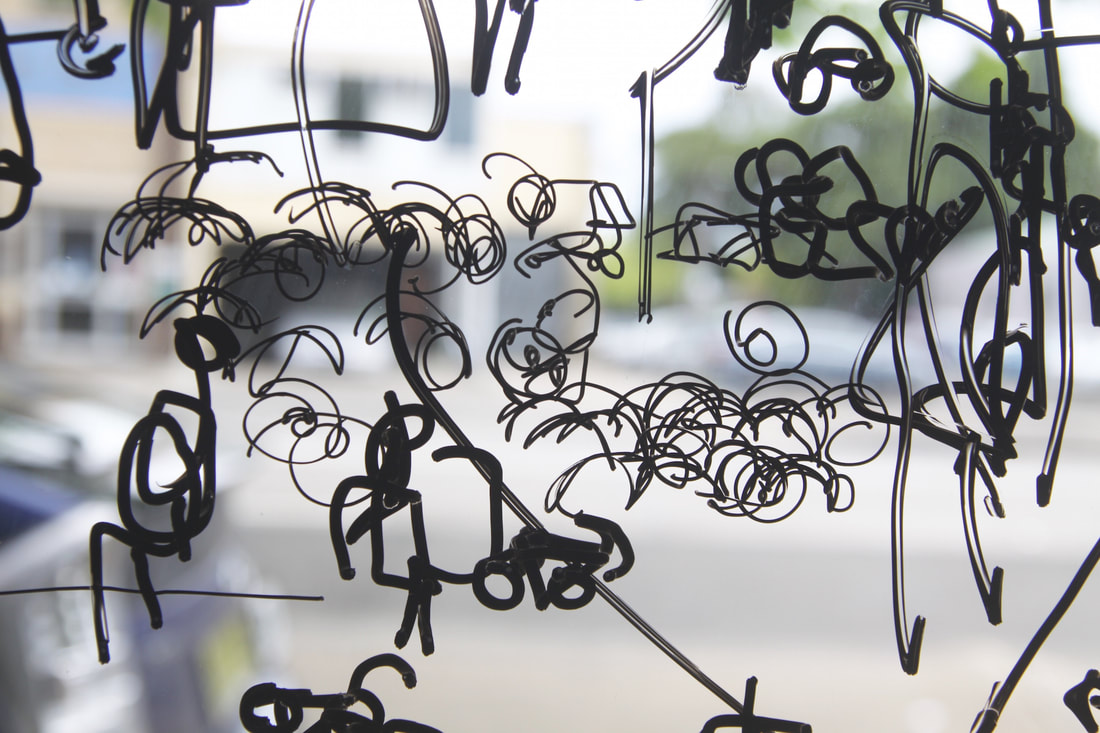
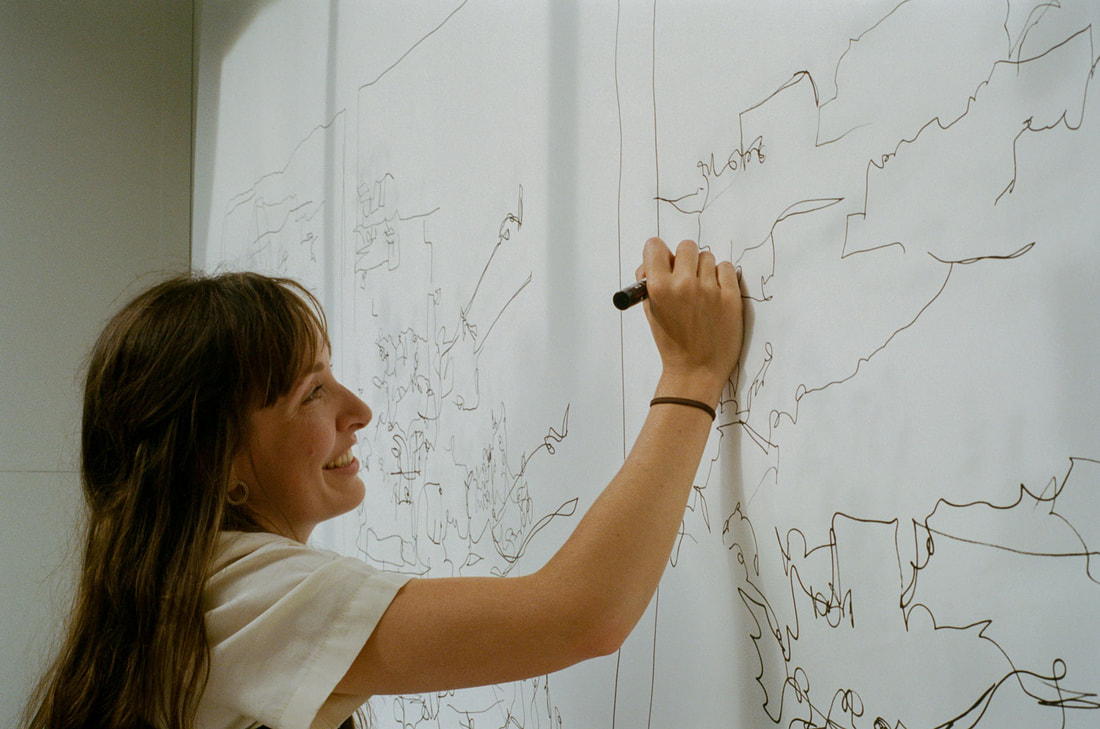
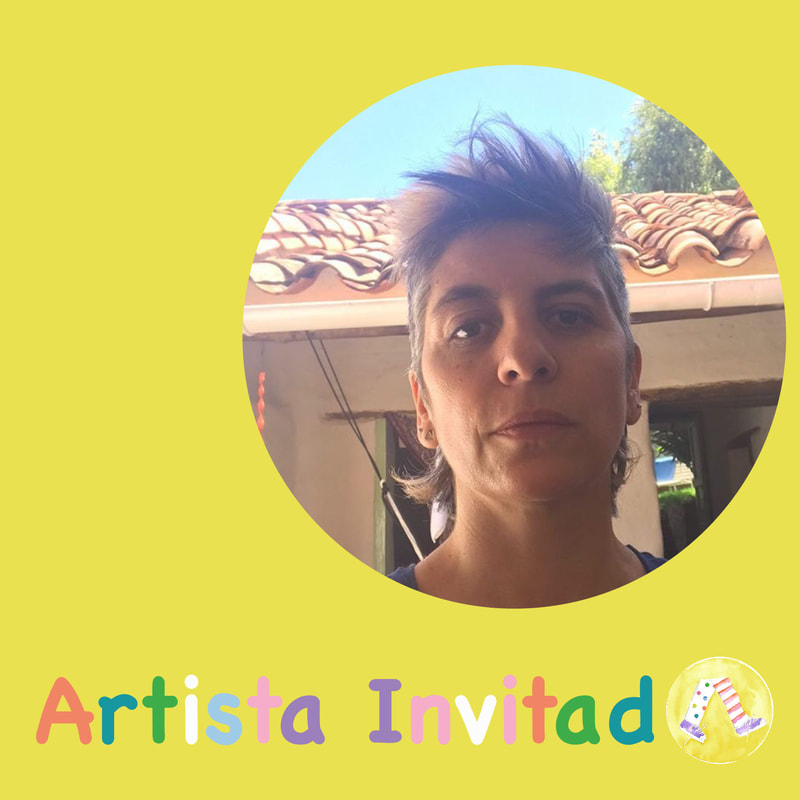
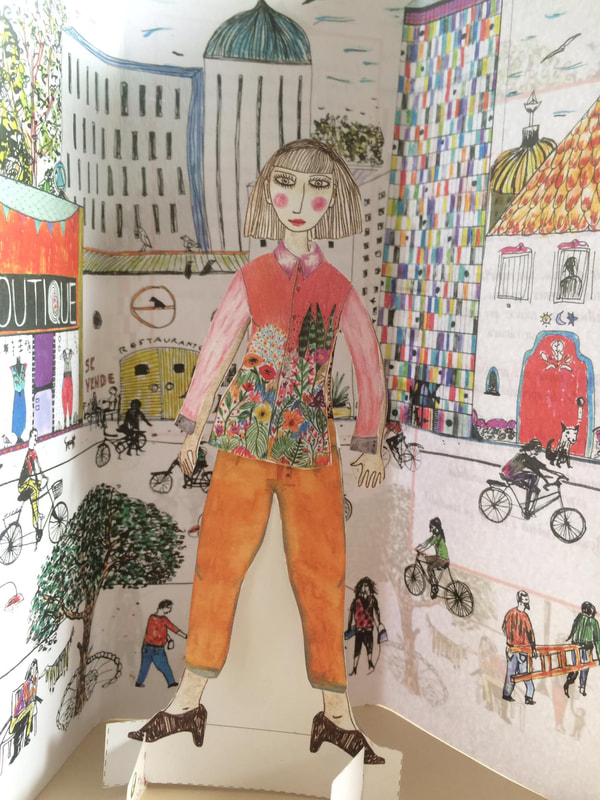
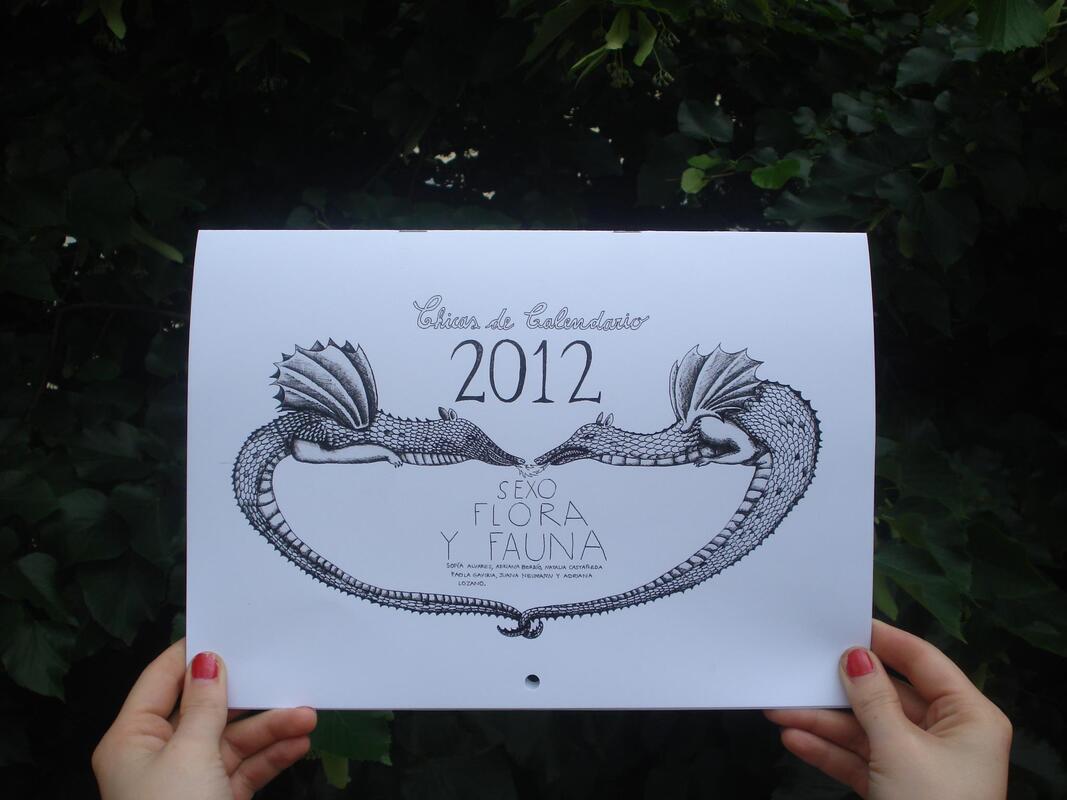
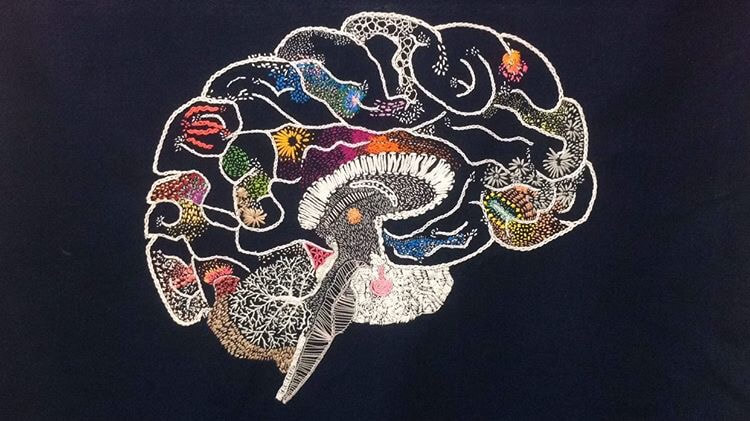
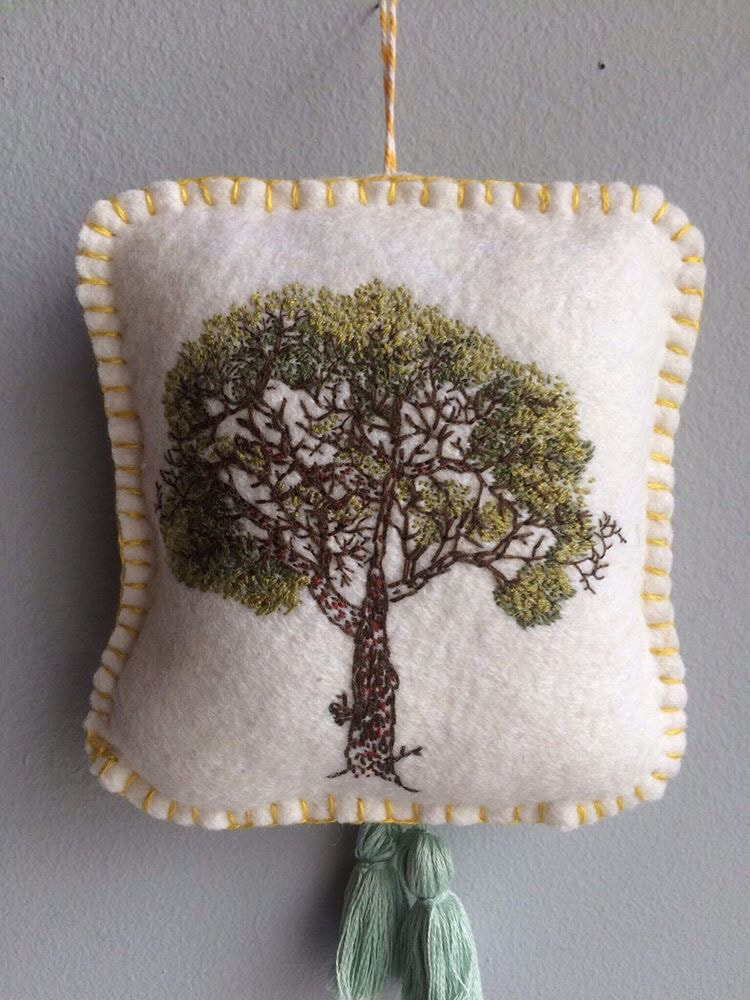
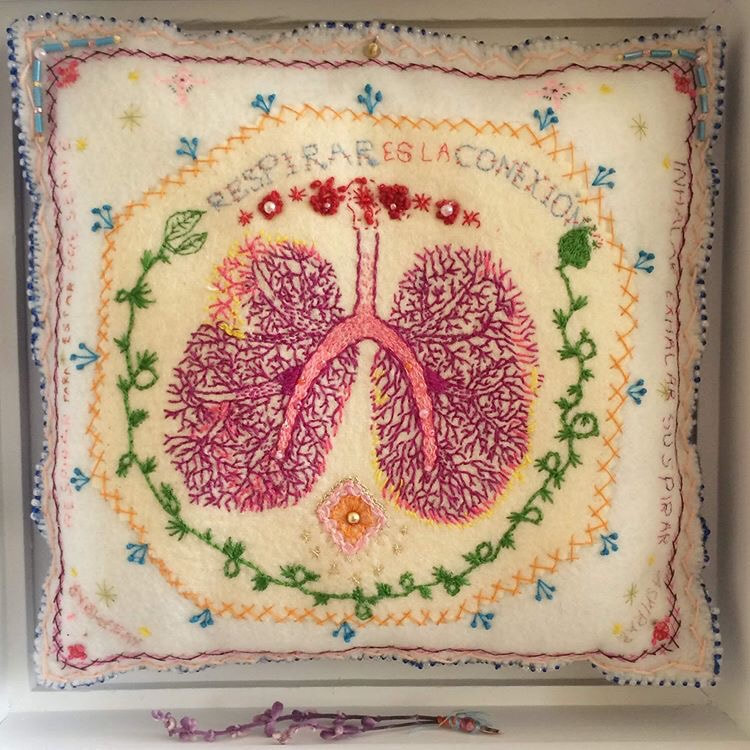
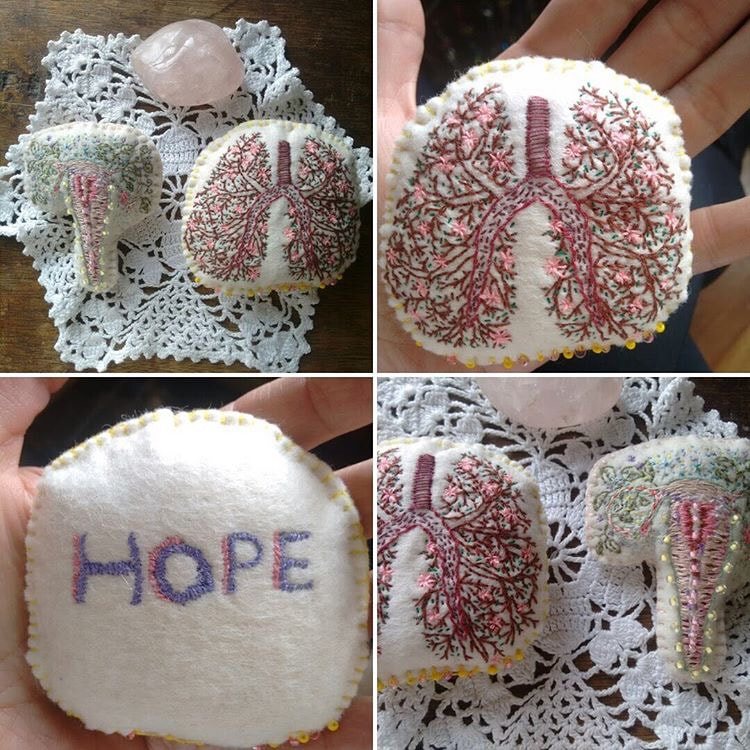
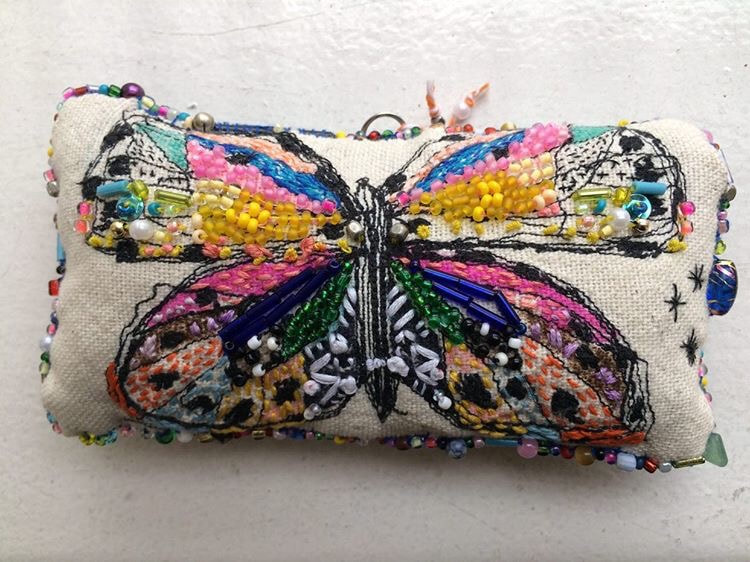
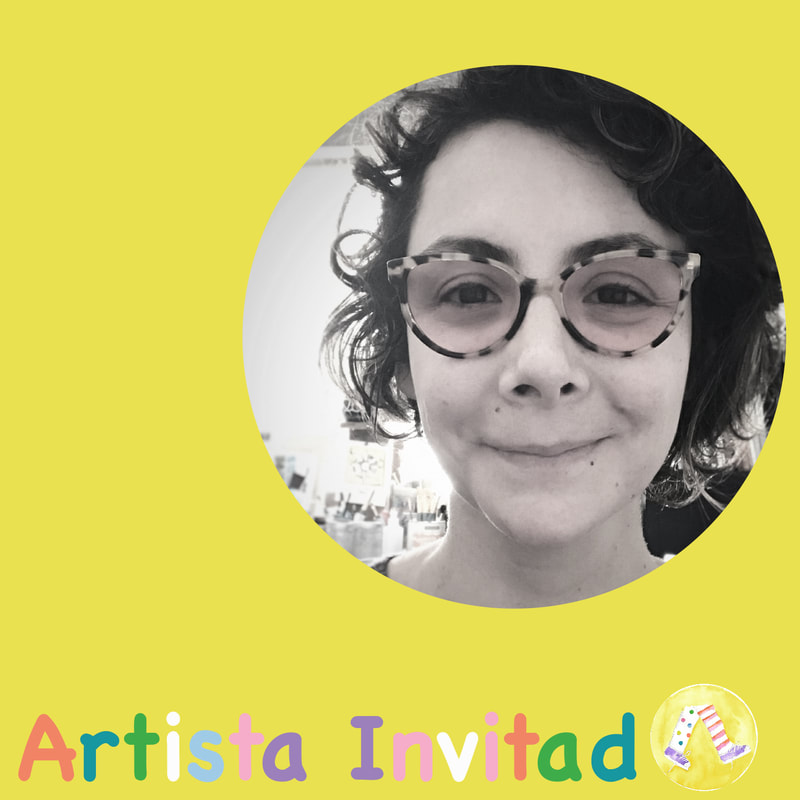
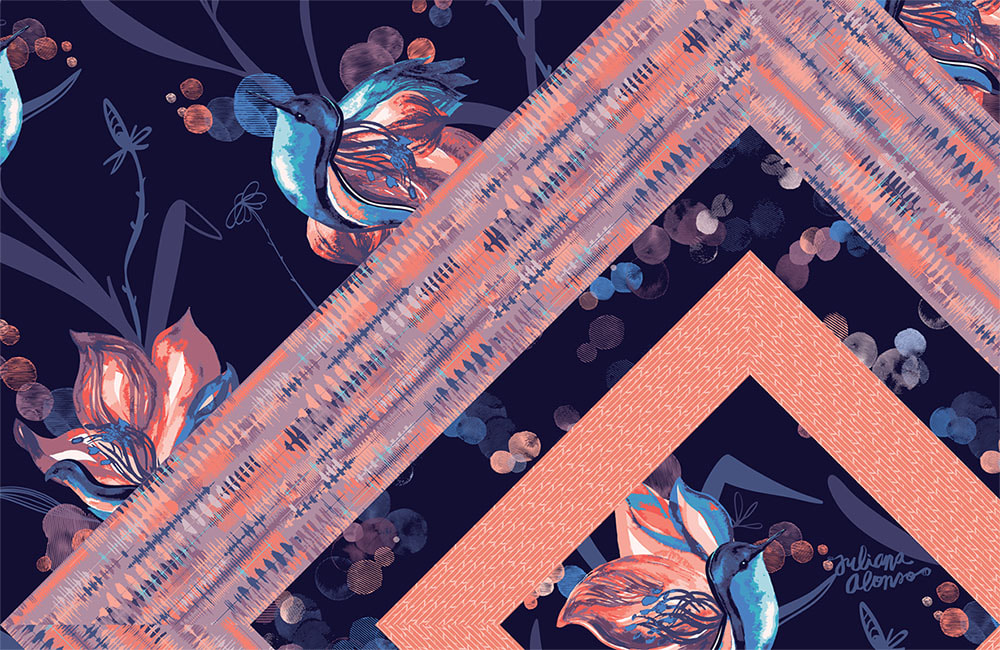
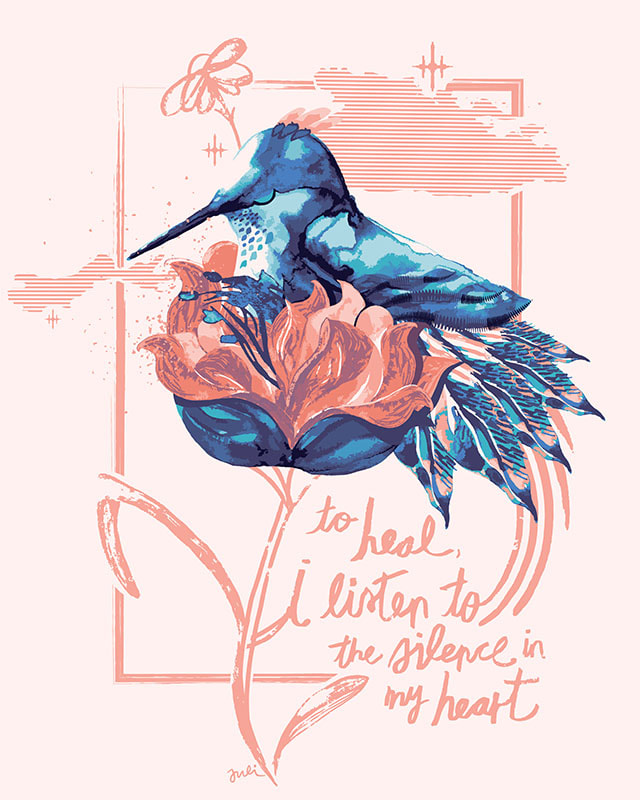
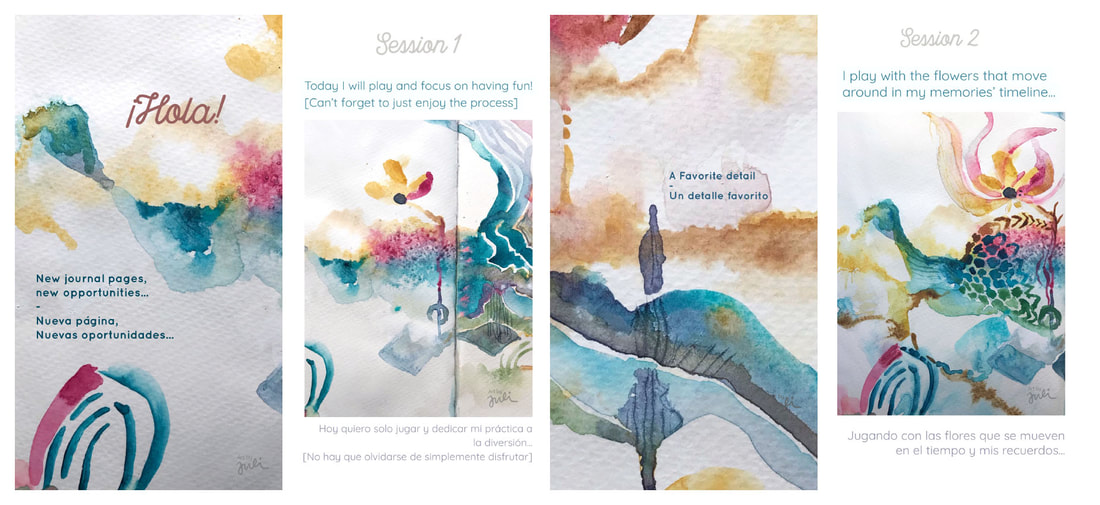
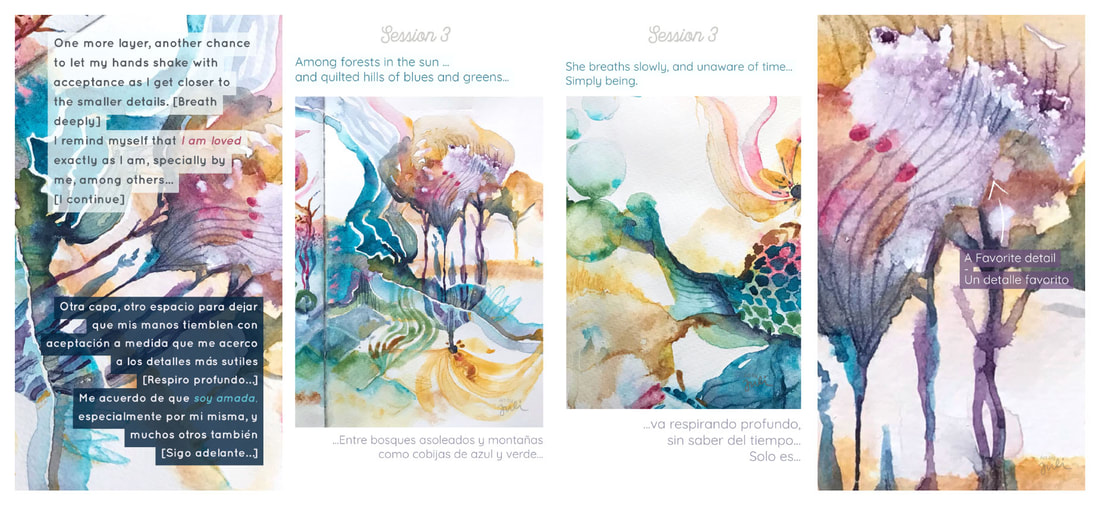
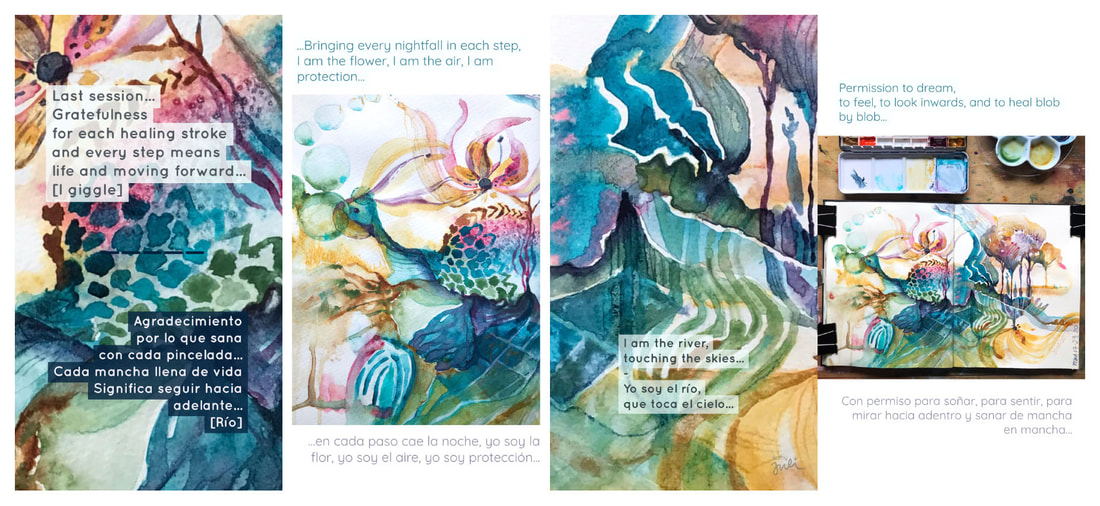
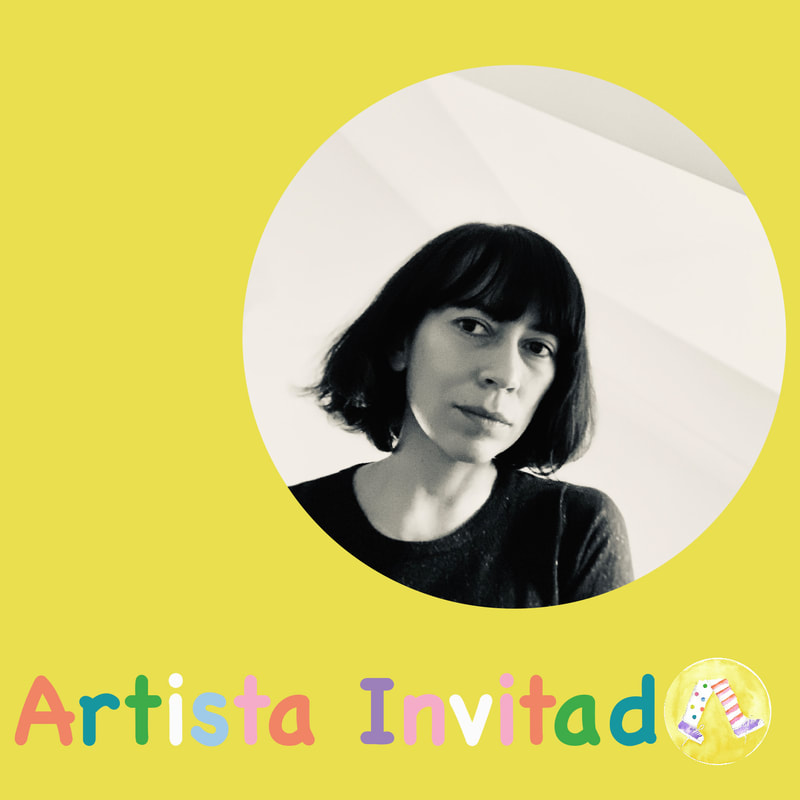
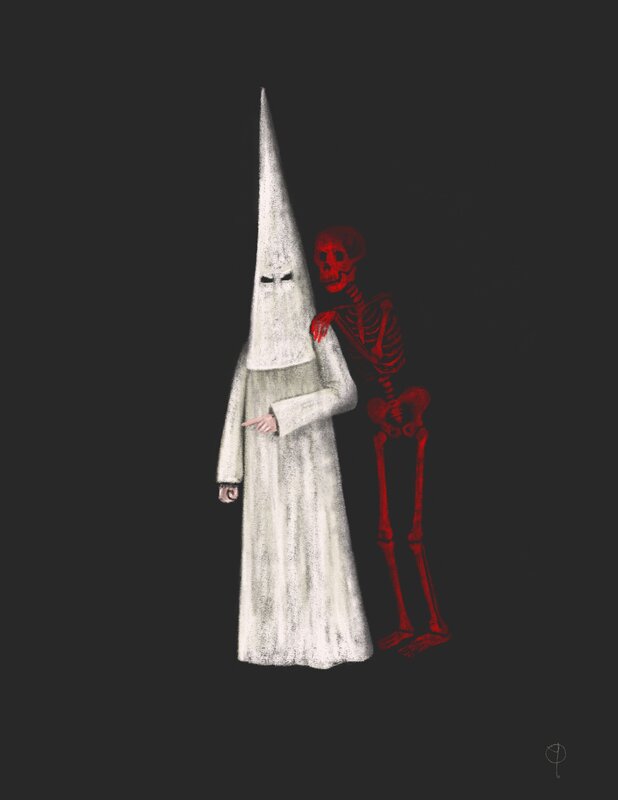
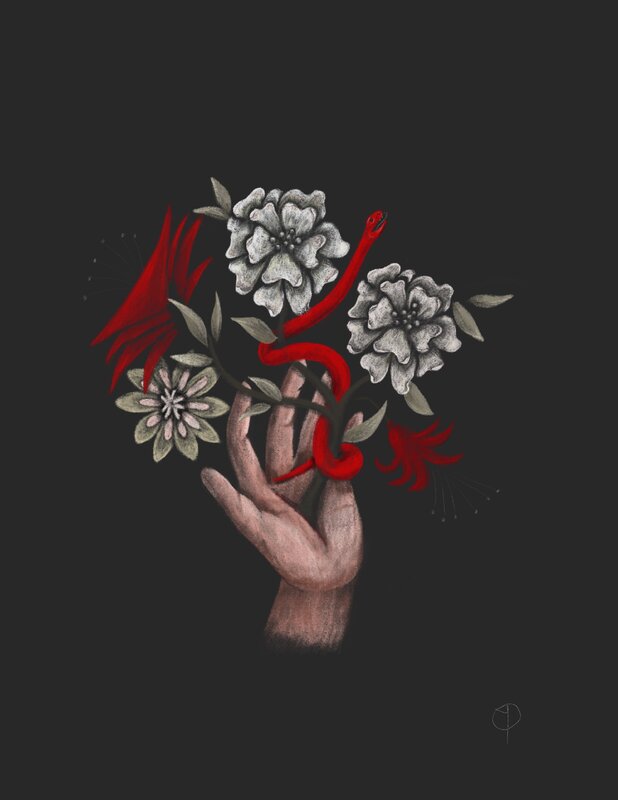
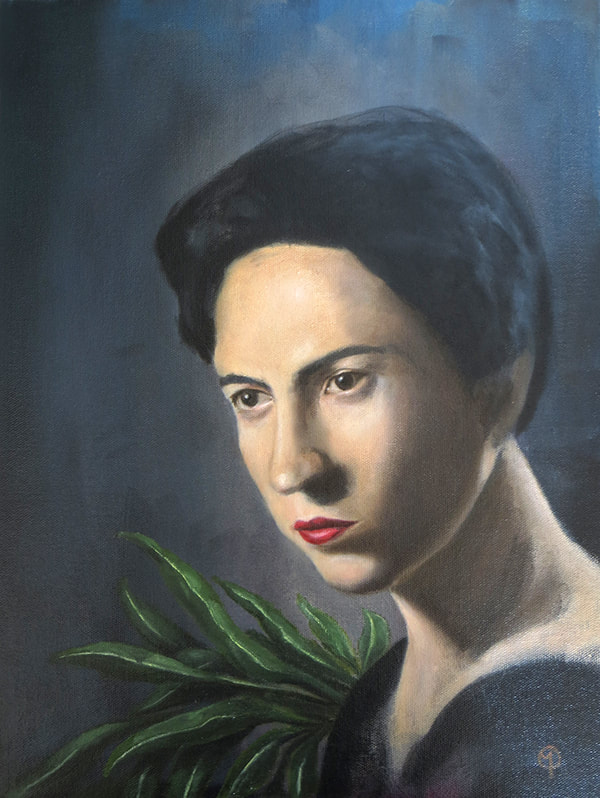
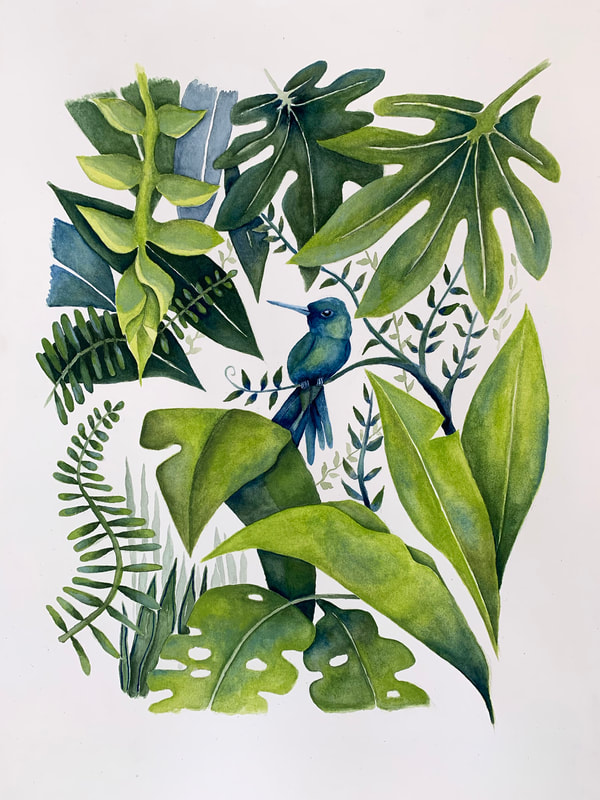
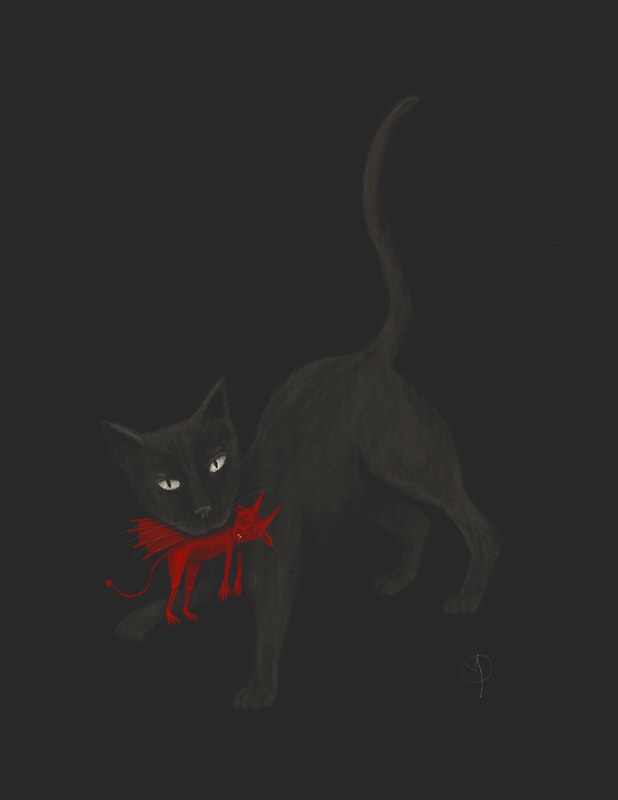
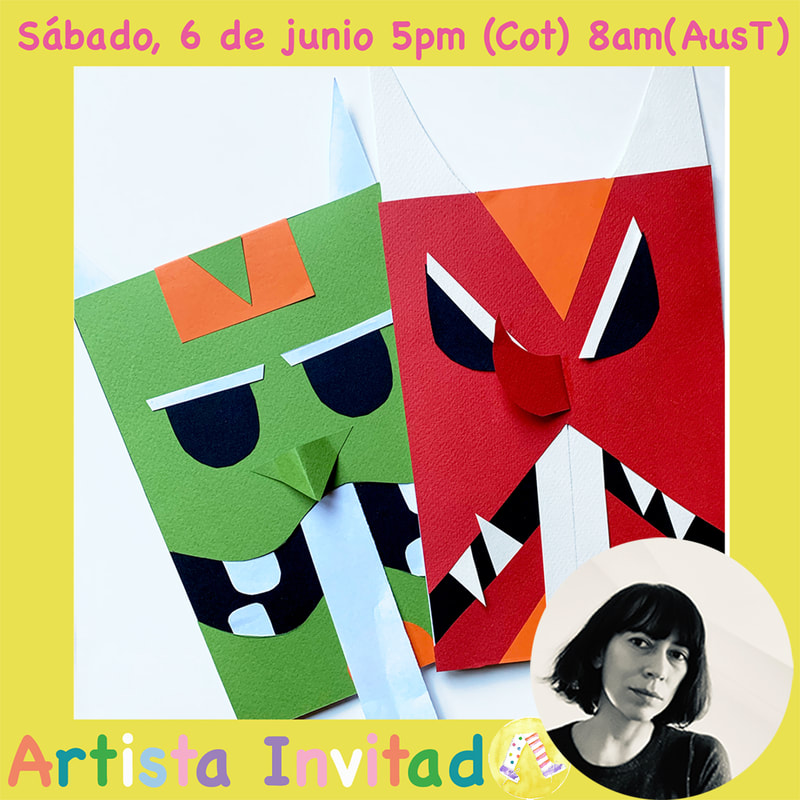
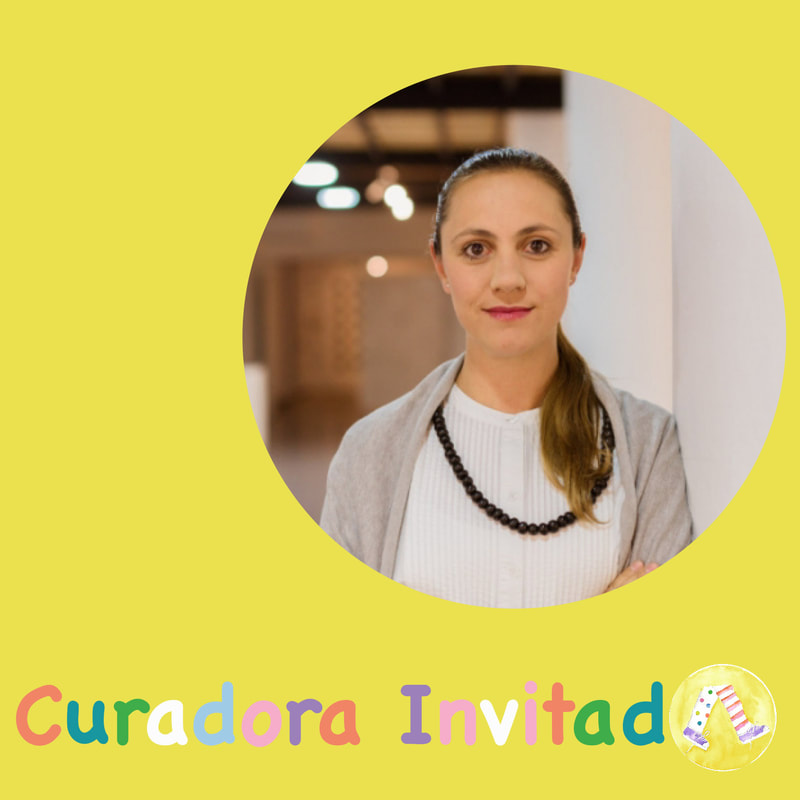
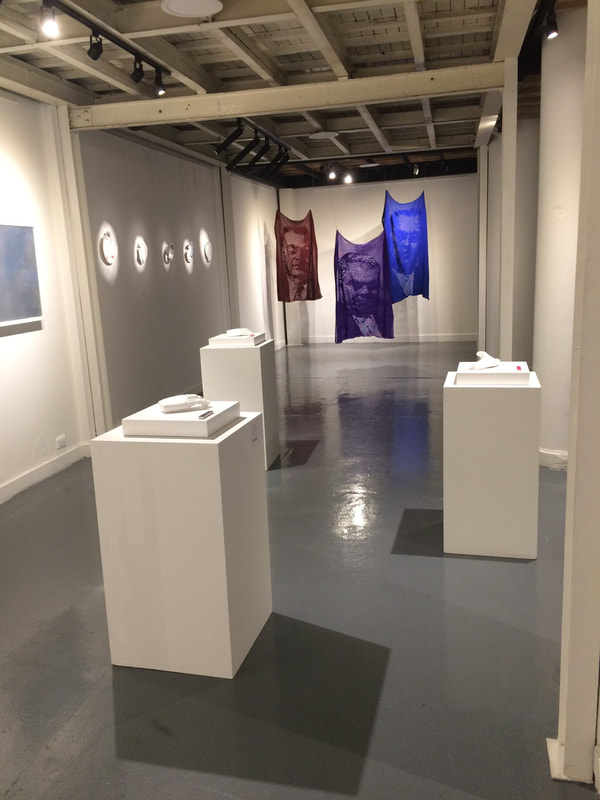
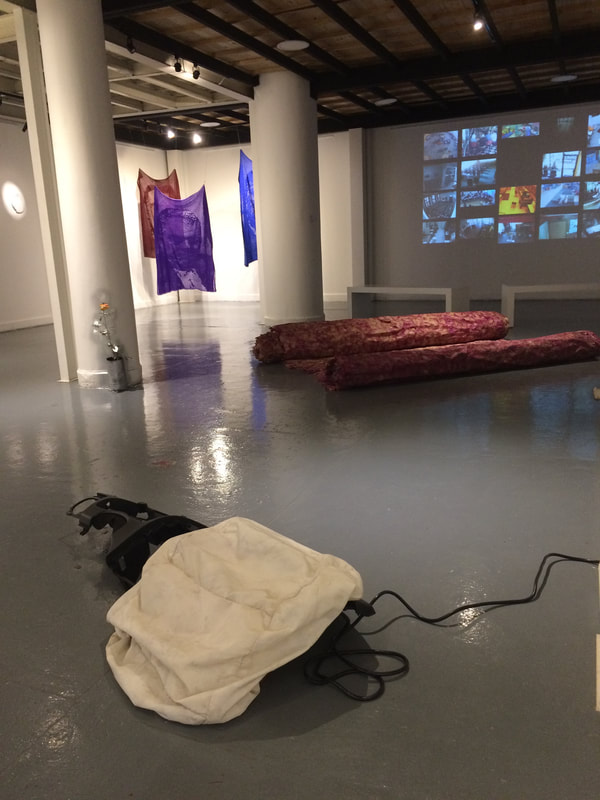
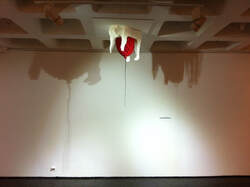
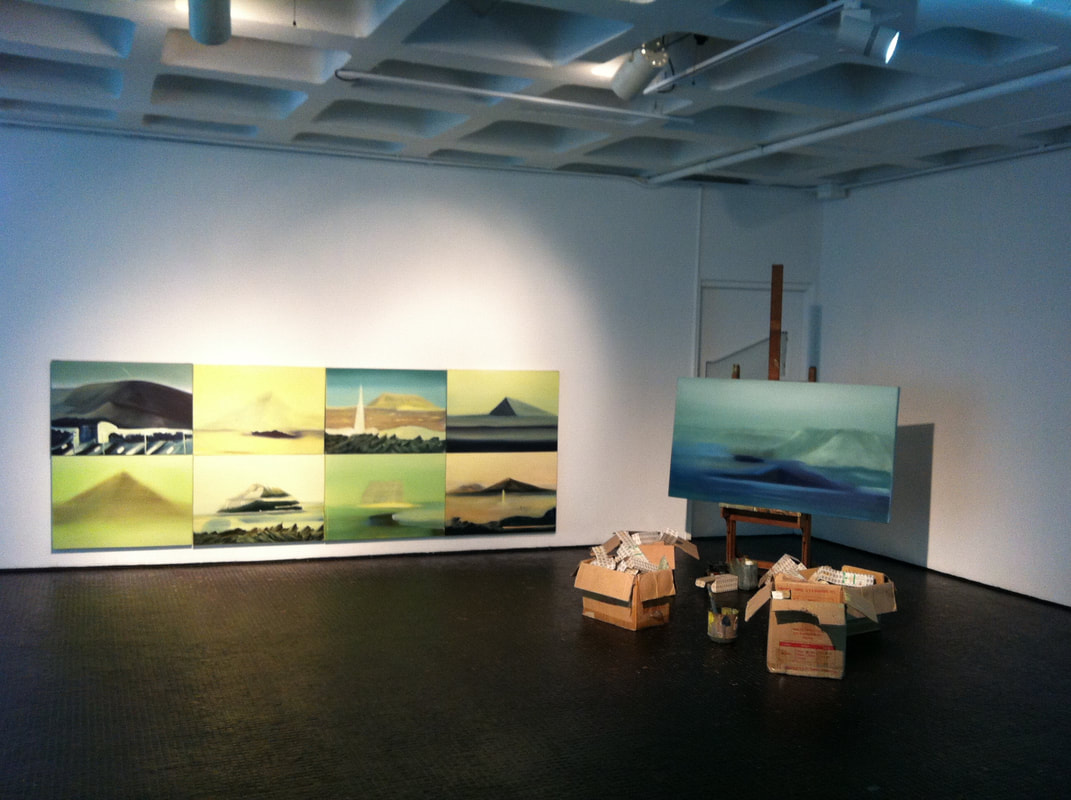
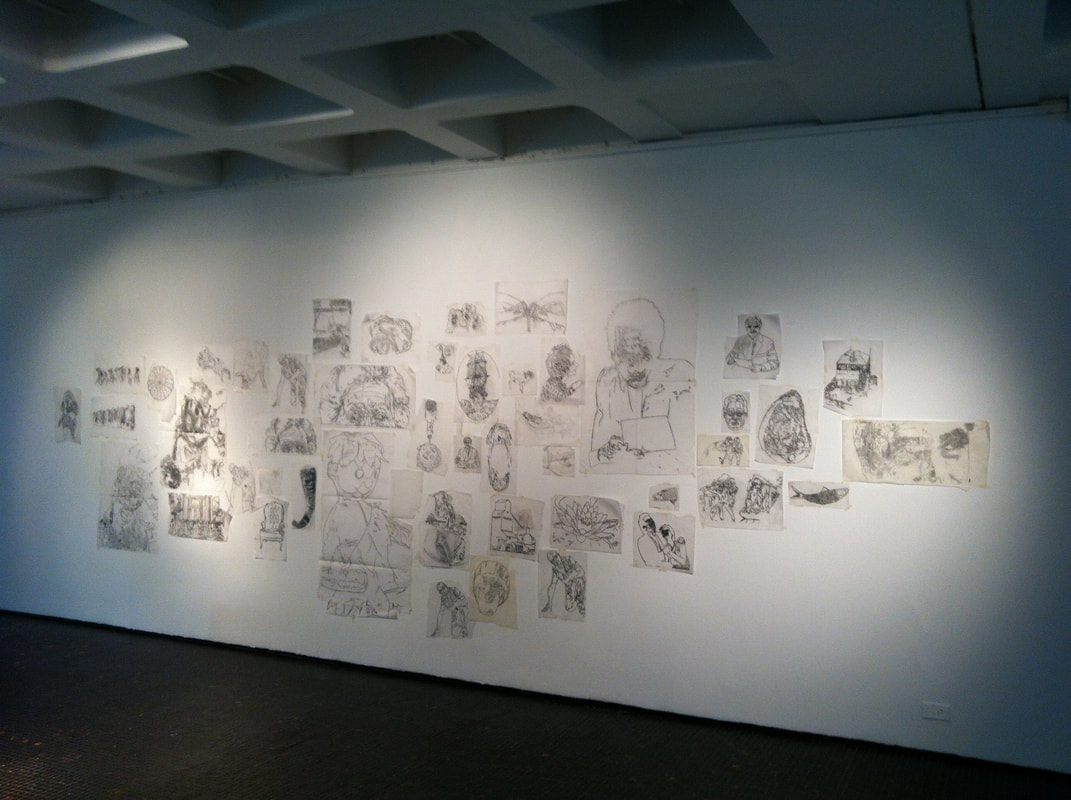
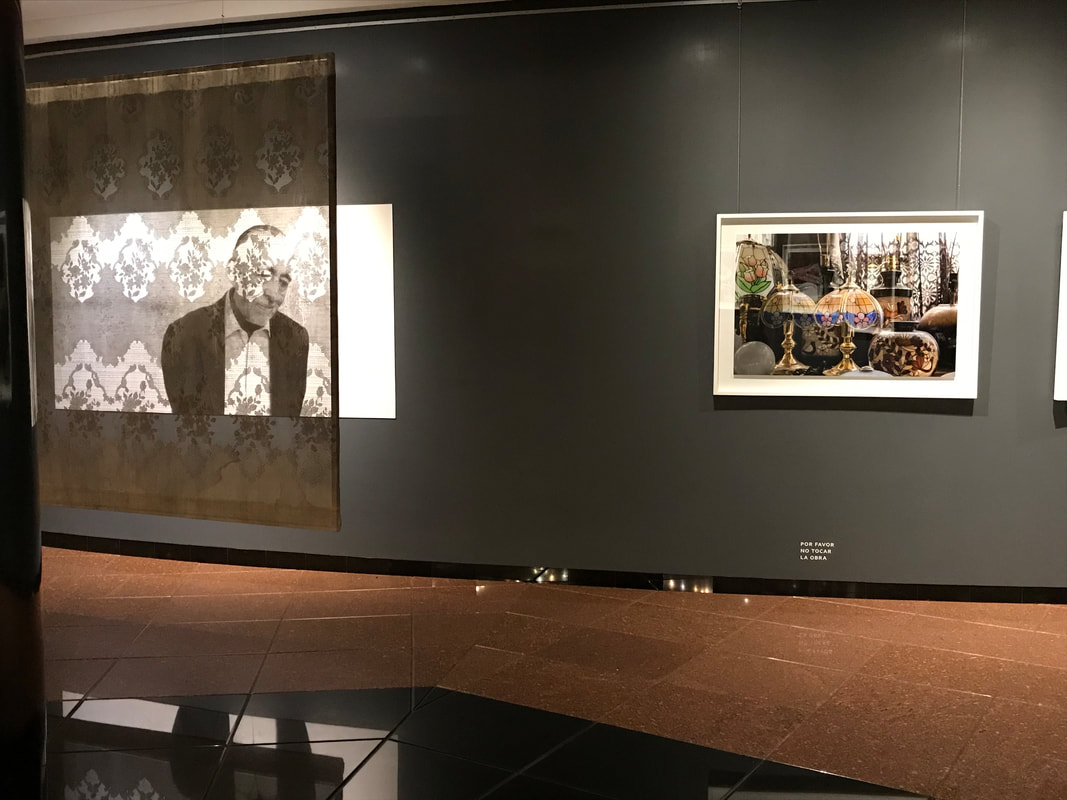
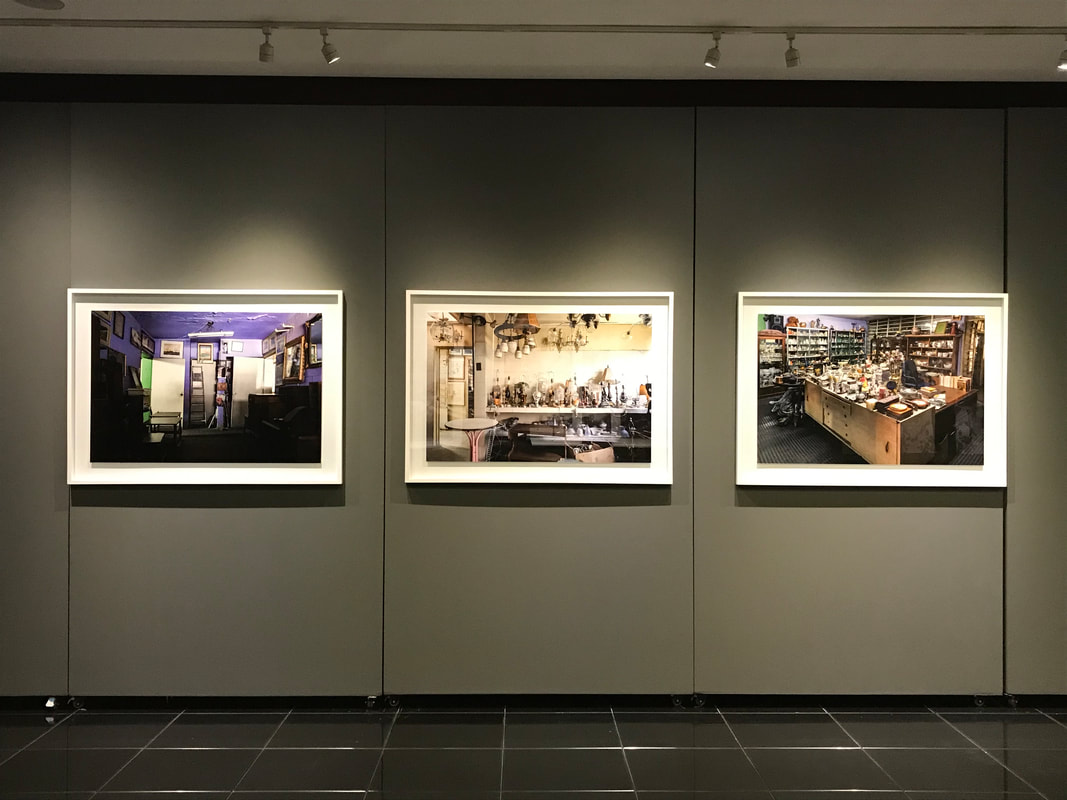
 RSS Feed
RSS Feed
